What to do in Magdeburg, Germany? This city, sometimes referred to as the 'Ottostadt', has a dramatic history and a range of exciting sights from different eras. Here are our top tips for things to see and do!
Table of contents
Magdeburg in Germany
Magdeburg is a 1200-year-old city where history from different eras blends with the present. Both an imperial seat and a Prussian fortified city, it has been repeatedly destroyed and rebuilt.
The medieval city was largely destroyed by the army of Field Marshal Tilly in 1631, and the city was also badly affected by air raids during World War II. After the war and until 1989, the city was part of East Germany (DDR), which of course also left its mark. All these different historical eras are visible when you walk around.
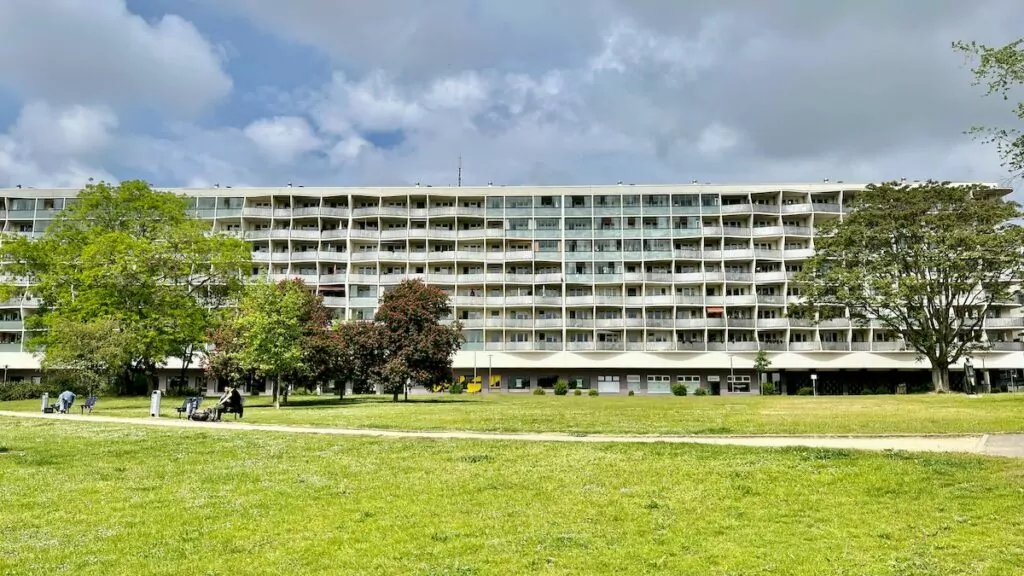
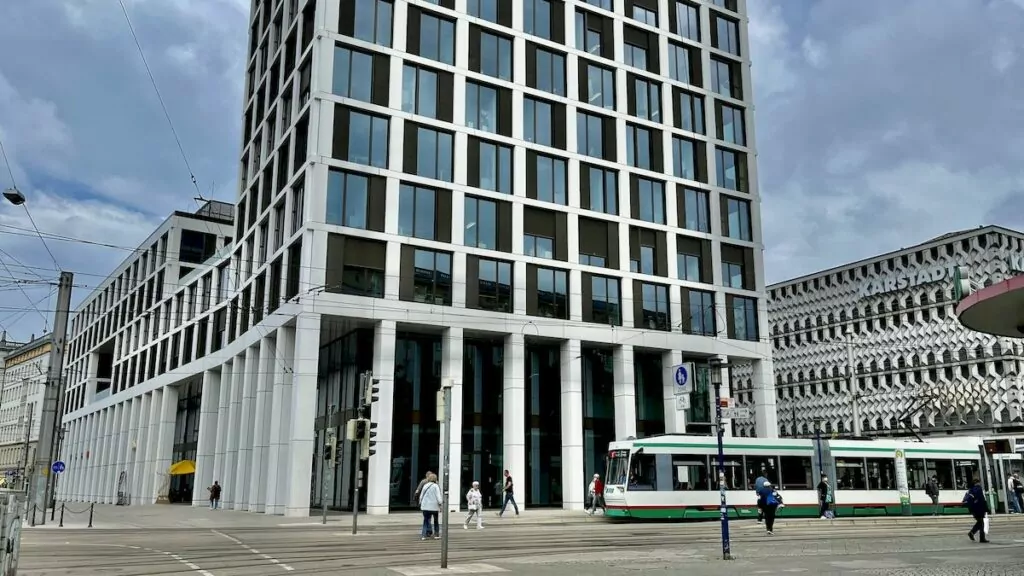
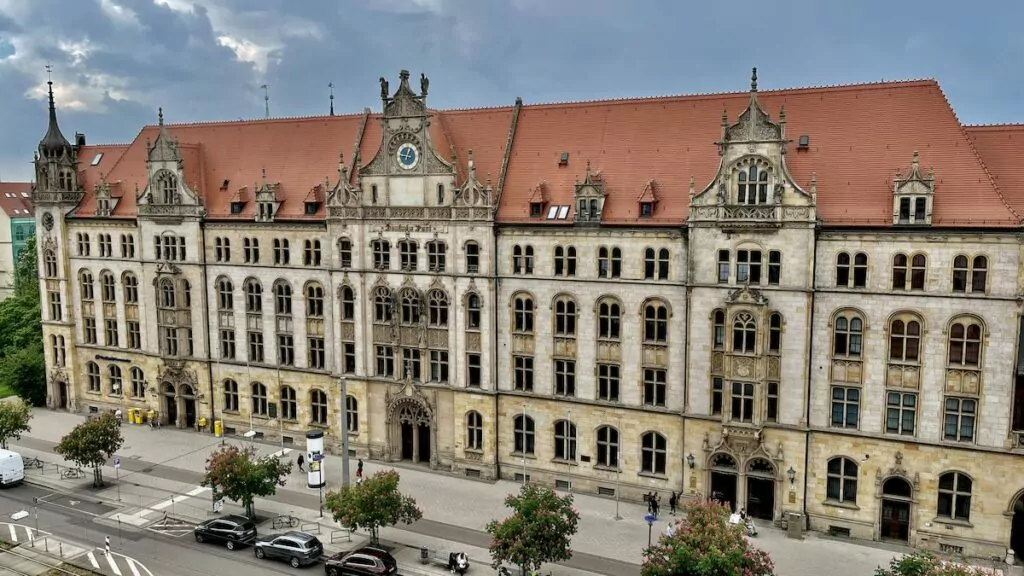
Magdeburg is also sometimes referred to as "Ottostadt" (Otto city), because of two different people named Otto, both of whom were important to the city.
Emperor Otto I (Otto the Great) lived in the 10th century and was the first German-Roman emperor. He loved Magdeburg and donated a cathedral to the city.
Otto von Guericke was a politician, inventor and physicist born in Magdeburg in 1602. Von Guericke is best known for the 'Magdeburg hemispheres' he designed to demonstrate the power of the vacuum. He became mayor of Magdeburg and played a crucial role in the city's history after the Thirty Years' War.
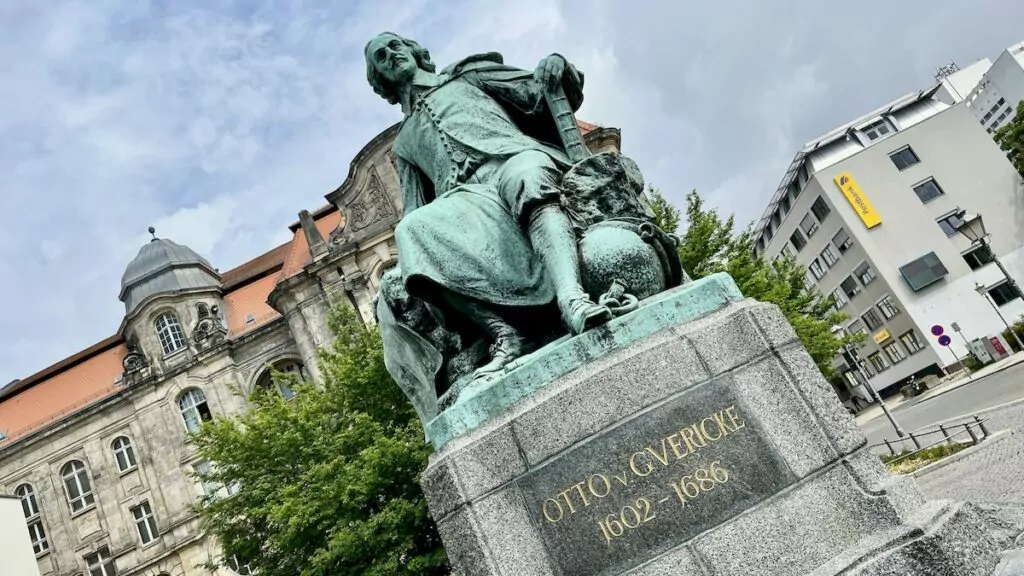
Magdeburg is located in the federal state of Saxony-Anhalt in Germany, about 16 miles west of Berlin and about 15 miles east of Hannover.
What can you do in Magdeburg?
What to see and do in Magdeburg? The cathedral and the Green Citadel are 'must-sees', but there is also much more to see and discover. We've listed our top tips here.
1. Admiring Magdeburg Cathedral
One of the biggest and most important sights in Magdeburg is the Magdeburg Cathedral (Magdeburger Dom,) whose full name is "Dom Sankt Mauritius und Katharina" after the saints Mauritius and Katharina.
The origins of the cathedral can be traced back to 937, when Emperor Otto I founded a monastery. The church was expanded over time, and in 1362 the mighty cathedral you see today was inaugurated. However, the cathedral's western tower, which reaches a height of 104 metres, was not completed until 1520.
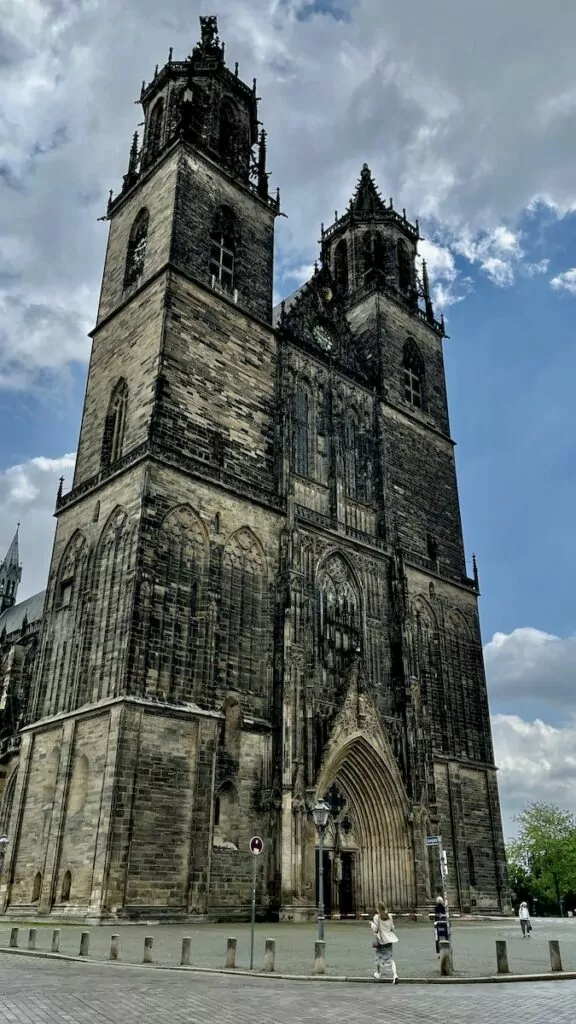
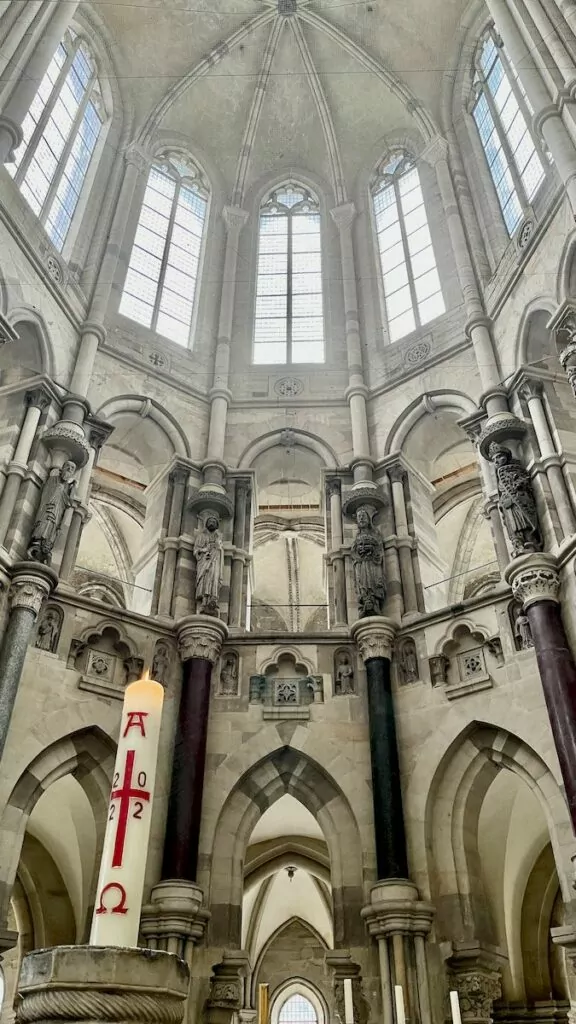
When Emperor Otto died in 973, his remains were brought to the cathedral, where he was buried in a stone sarcophagus. The sarcophagus can still be seen in the church, as well as the tomb of his first wife Edith and many other tombs, sculptures and works of art.
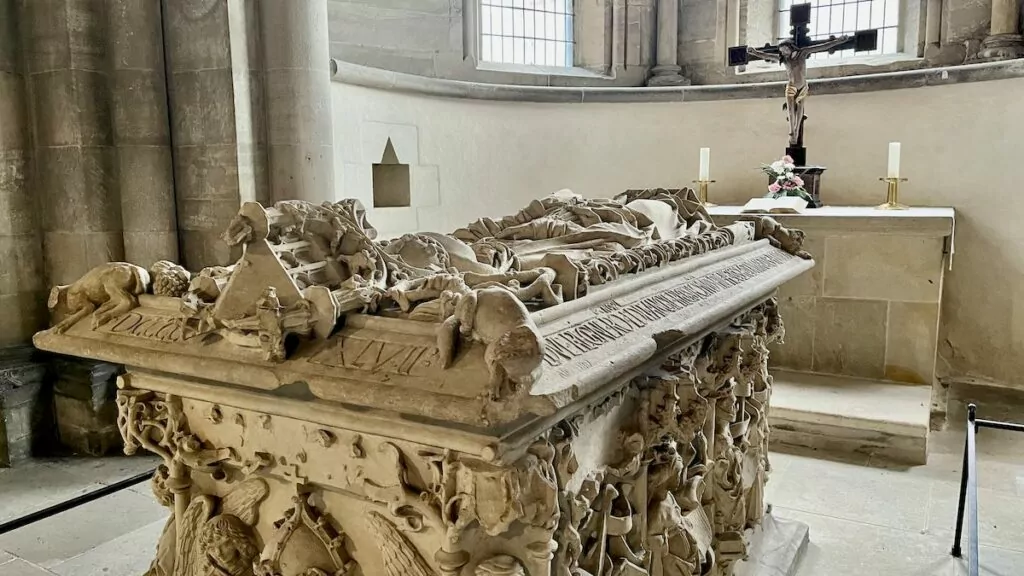
2. Take a guided city walk
We went on a guided city walk in Magdeburg, and it is highly recommended. With a guide, you find places you wouldn't have found otherwise, and understand the history so much better. There are various guided tours to do on foot, and another variation is to join a guided bus tour in a double-decker bus with an open roof.
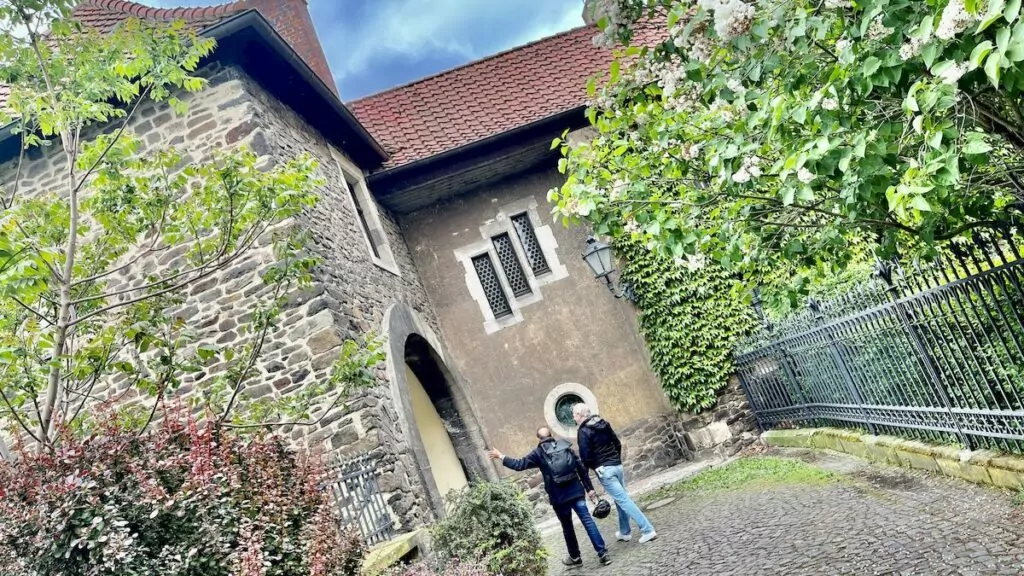
3. walking at Fürstenwall
The Fürstenwall area is close to the cathedral and has a history dating back to the Middle Ages. Here you will find ongoing historical excavations as well as remains of the city wall, which faces the river Elbe, and two preserved fortified towers.
The two surviving towers, originally five in number, are named 'Hinter der Möllenvogtei' and 'Kieg in de Köken'. The latter name simply means "peek into the kitchen" and comes from the fact that the poor guards used to be tempted by all the excesses when they peeked into the archbishop's sumptuous kitchen.
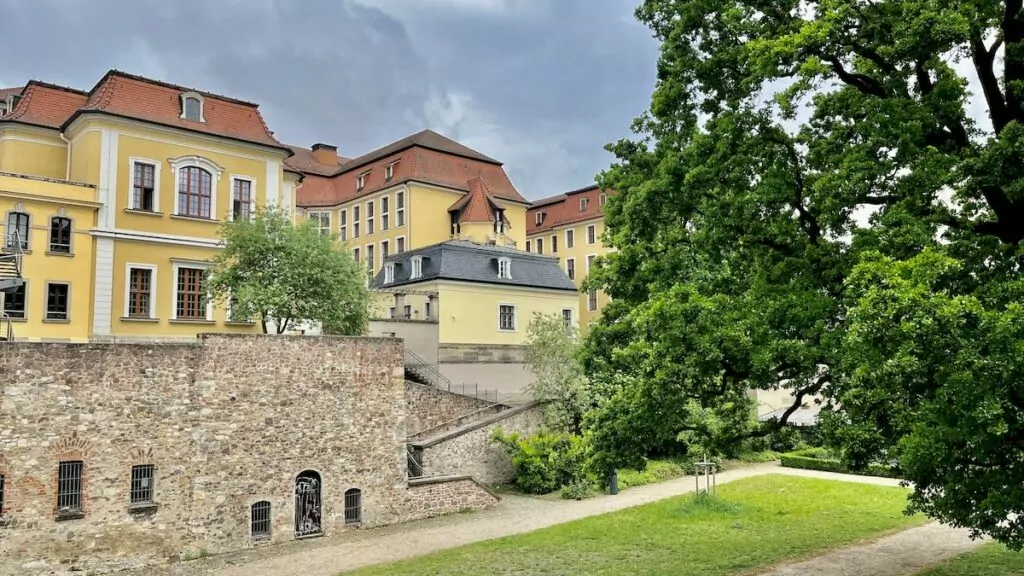
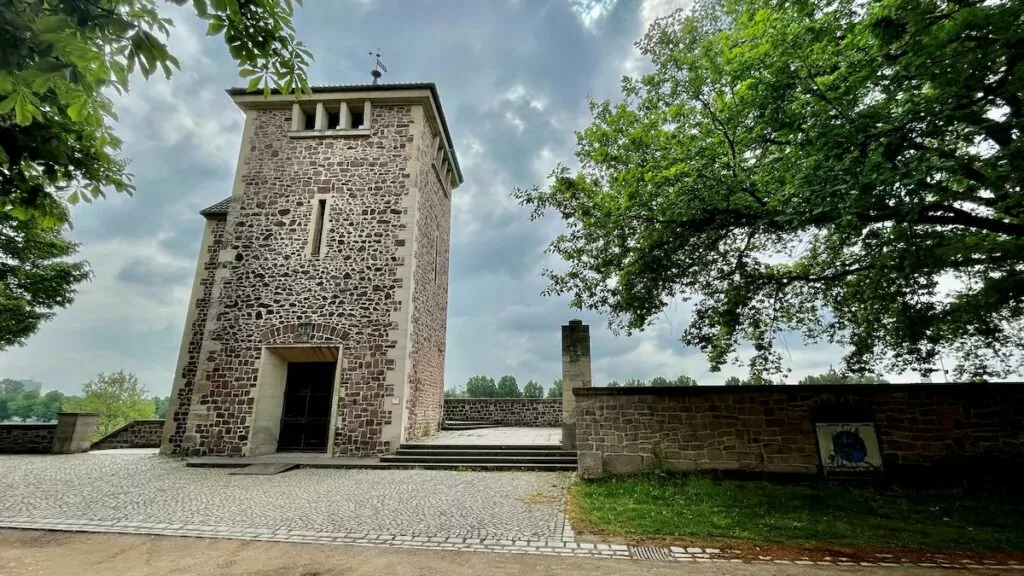
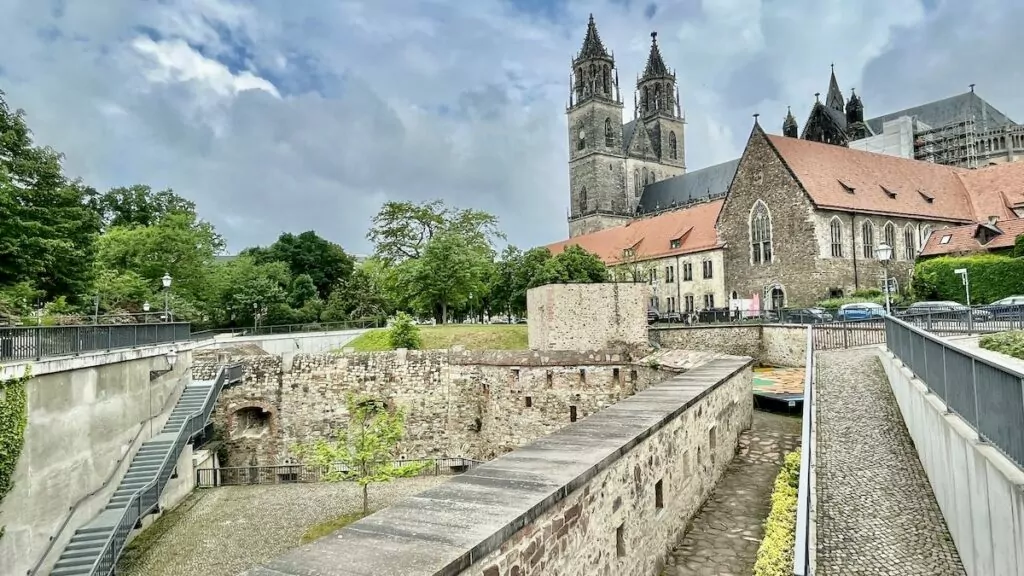
4. spana in Alter Markt
Alter Markt (Old Market) is a square where you can see the famous statue of the 'Magdeburger Reiter' (Knight of Magdeburg). The golden statue that stands here today is a bronze replica of the original statue, which was created around 1420 and is now on display in the city's Museum of Cultural History. It is not known for certain that the statue represents Emperor Otto, but that is how most people choose to interpret the figure.
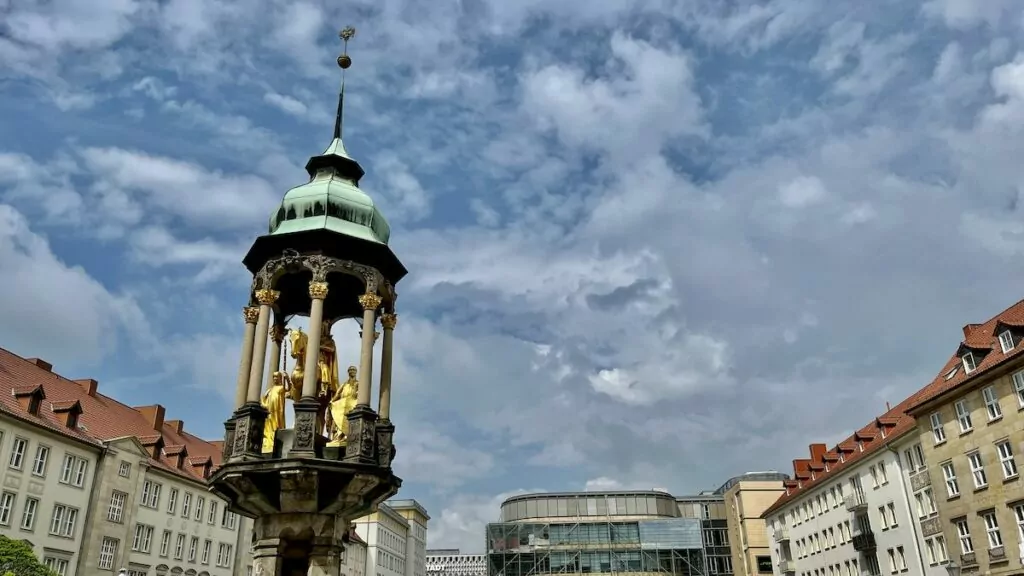
Also on the Alter Markt is the town hall, and in front of it you can see the city's Roland statue, a symbol of freedom and rights. Don't miss the small figure on the back of the large statue, which represents a character from a popular medieval book.
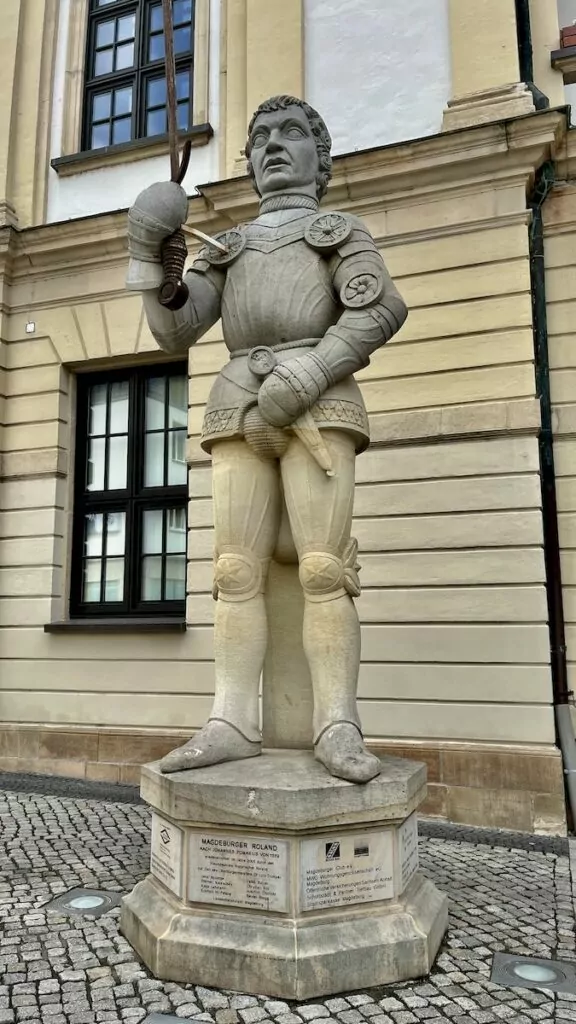
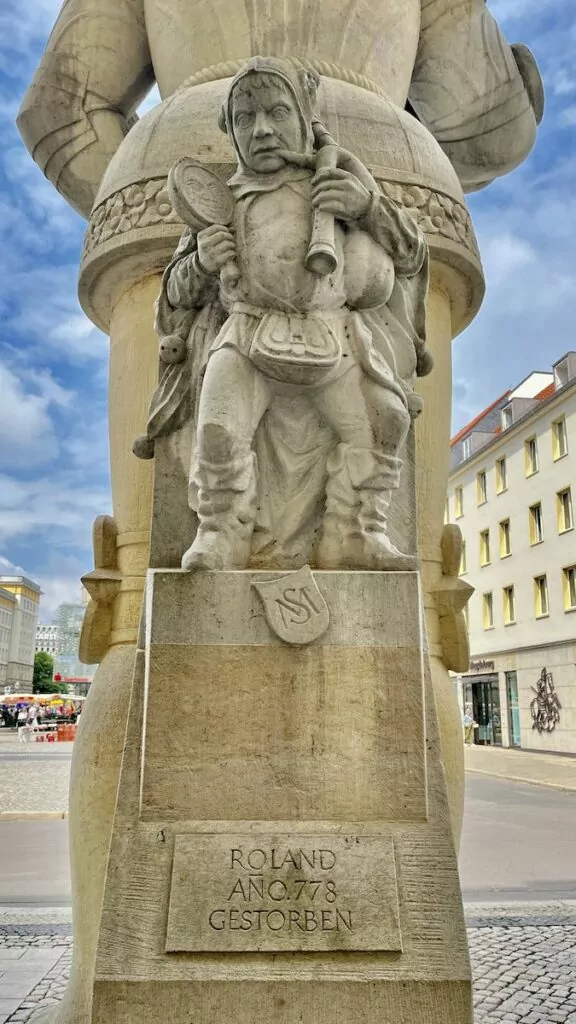
If you want, you can also take a closer look at the gate of the town hall, which is like a book full of stories in pictures.
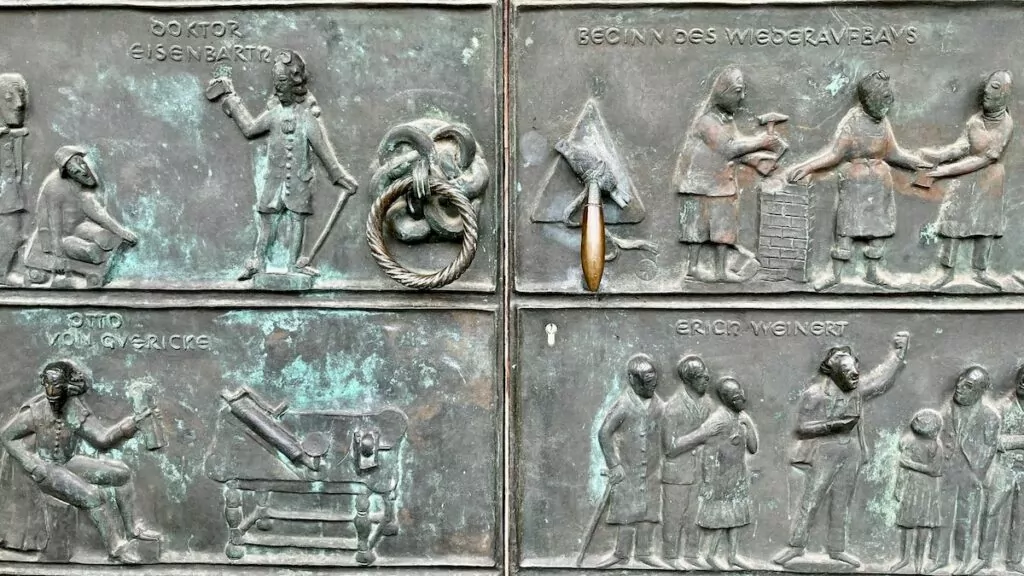
5. See St John's Church
St John's Church (Johanniskirche) is Magdeburg's oldest parish church, mentioned in 941. The church has been destroyed many times - by fire, when Tilly's army invaded in 1631 and during the 1945 air raid - but has always been rebuilt.
An important event that took place here was when Martin Luther gave a famous sermon to a crowded church on 26 June 1524, causing all the parishes in the city to convert to Protestantism. Today the building is no longer used as a church, but is open to the public with access to the tower, and is used for concerts and other events.
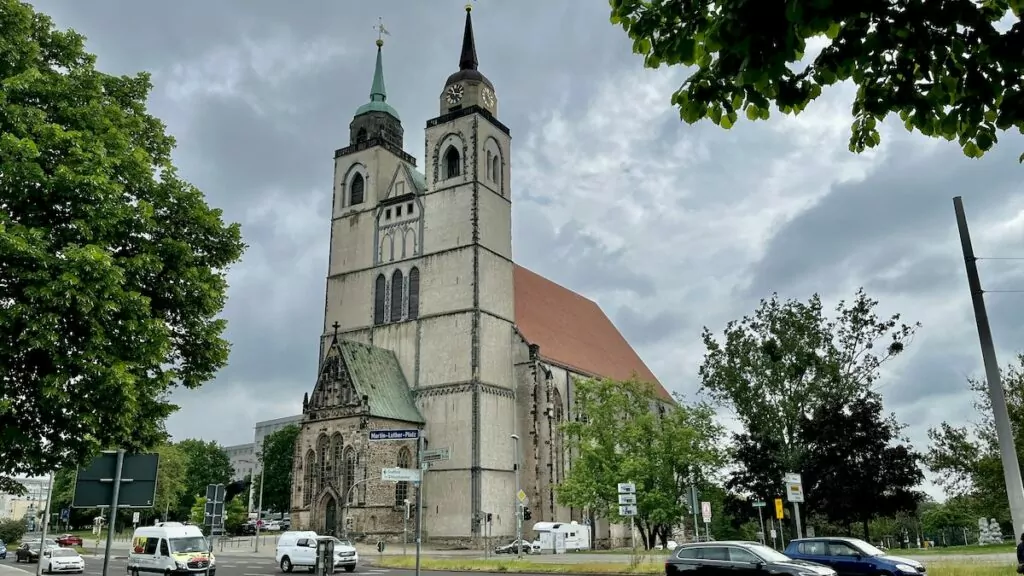
6. Visit the Art Museum in the Monastery of Our Lady
The Convent of Our Lady (Kloster Unser Lieben Frauen) is Magdeburg's oldest surviving building, founded by Archbishop Gero in the 11th century. The building offers well-preserved Romanesque architecture and is initially interesting to visit for this alone.
Today the monastery also houses the Magdeburg Art Museum, with collections of medieval and contemporary sculptures, a sculpture park and various temporary art exhibitions.
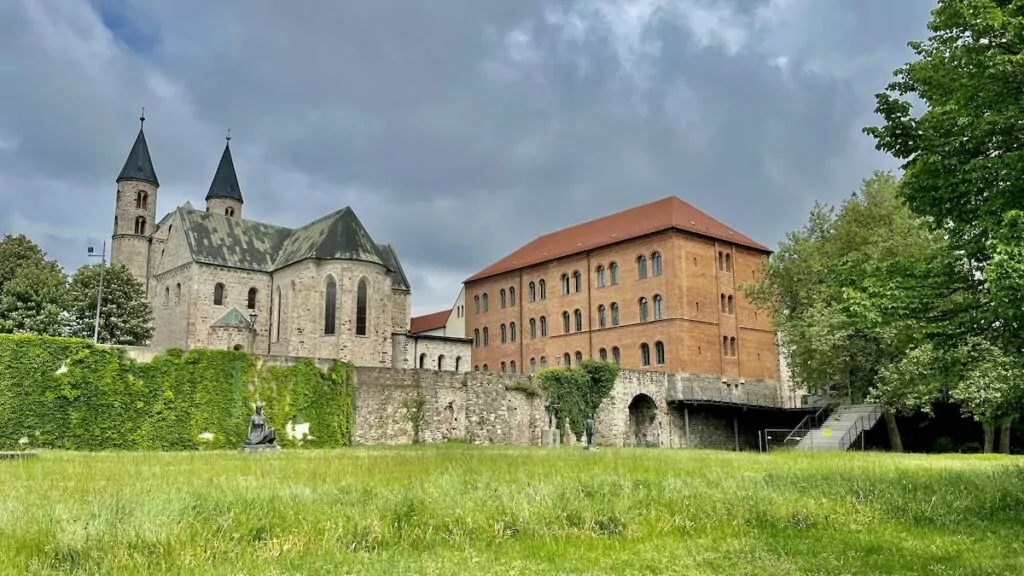
7. Fascinated by the Green Citadel
The Green Citadel is a stunning 2005 building designed by Friedensreich Hundertwasser. In true Hundertwasser spirit, the building features rounded shapes and lots of uniquely shaped windows and columns. To give back to nature, the roof is a green oasis, filled with trees and plants.
The building is residential, but in the courtyards there are shops and cafés that you can visit. You can also take a guided tour or book accommodation in the hotel located in the building.
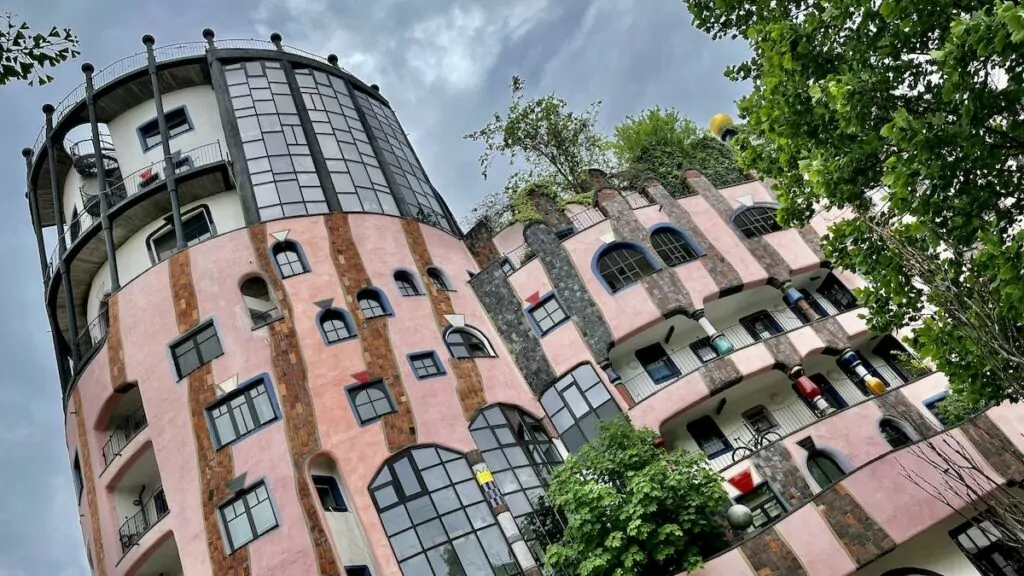
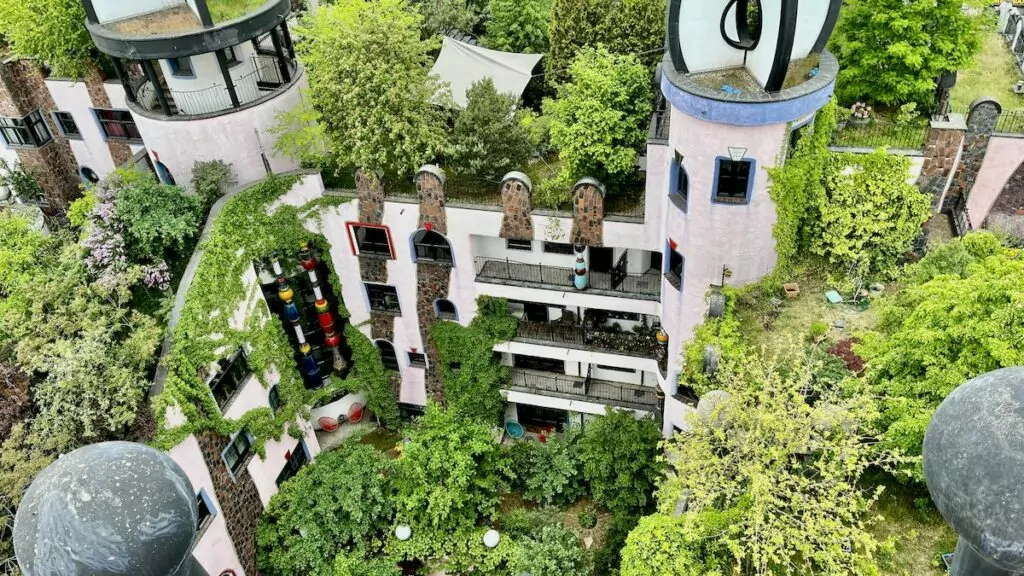
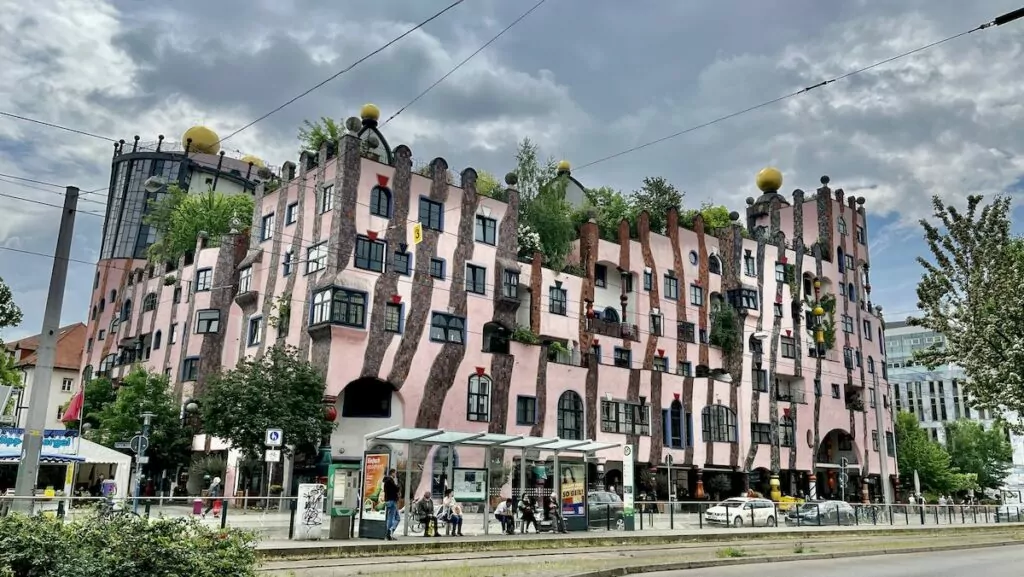
8. Strolling in Rotehorn park
Rotehorn City Park is a scenic and green park in a central location. Created in the English style, the park offers extensive green areas where people gather to walk, cycle, picnic or paddle in the small lake Adolf-Mittag-See. There is also a nice and popular playground.
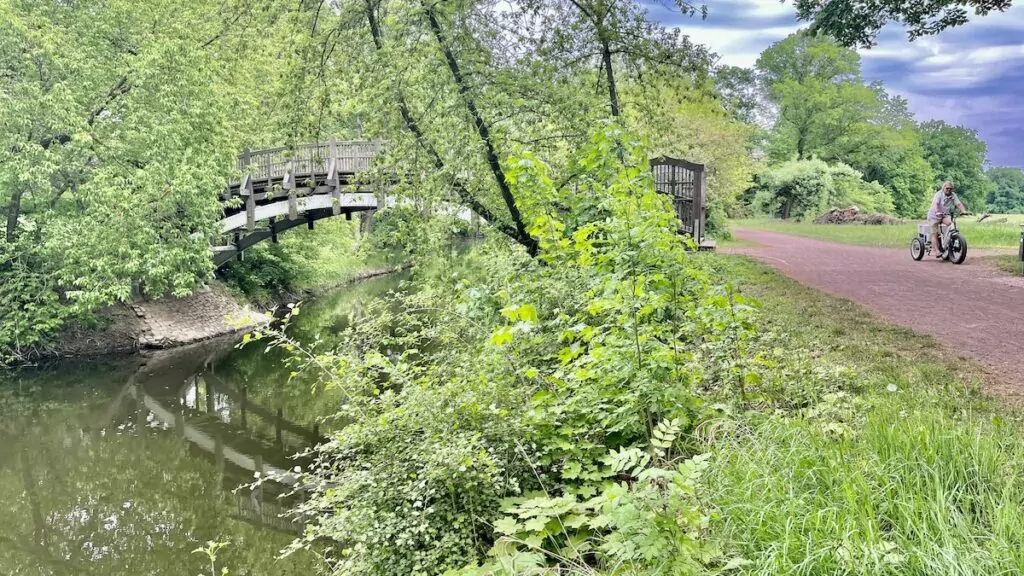
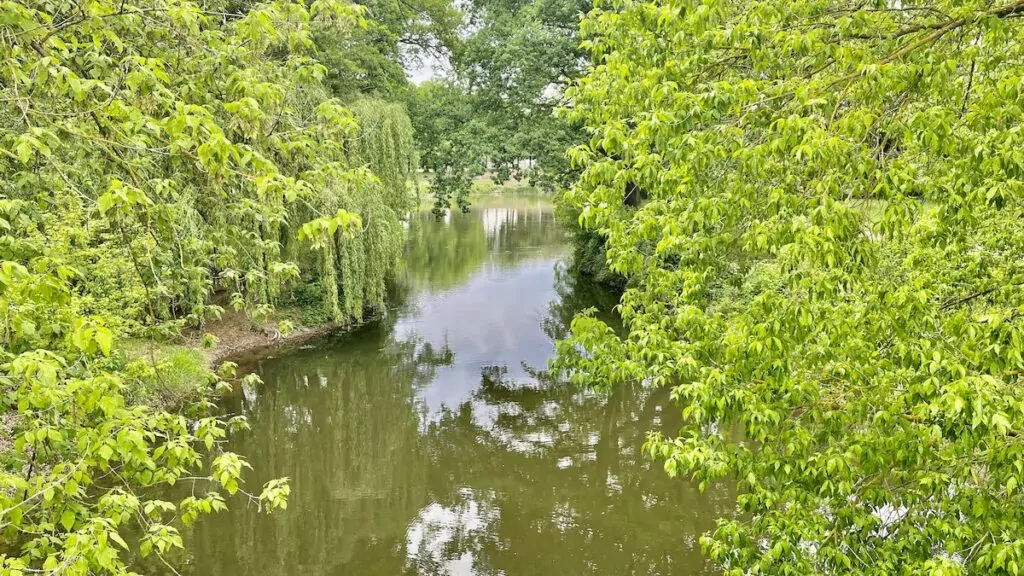
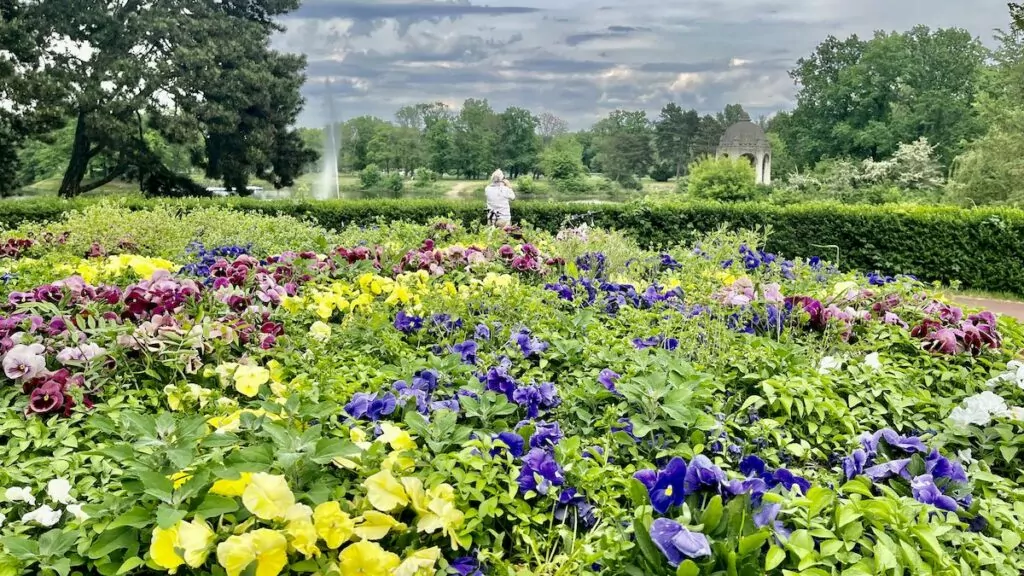
In one corner of the park you can see the 61 metre high Albinmüller Tower, built in 1927 under the artistic direction of Professor Albinmüller. Visitors can climb to the 45 metre high viewing platform for a fee of €2.
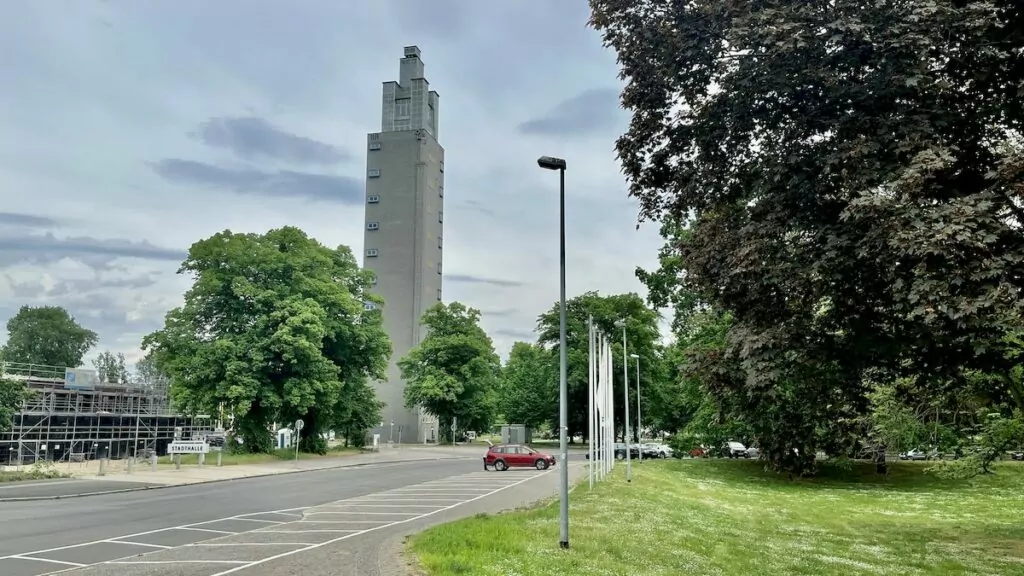
9. Cycling along the Elbe
The Elbe-Radweg is a popular and varied cycle path that runs through much of Germany, divided into different routes. Whether you choose to follow it or not, cycling along the Elbe is a great way to spend time.
On our bike ride along the river we passed Elbauenpark, Herrenkrug park and a historic harbour with old museum boats. If you want to cycle even further, you can go all the way to Magdeburg's canal bridge, which is the longest navigable aqueduct in the world.
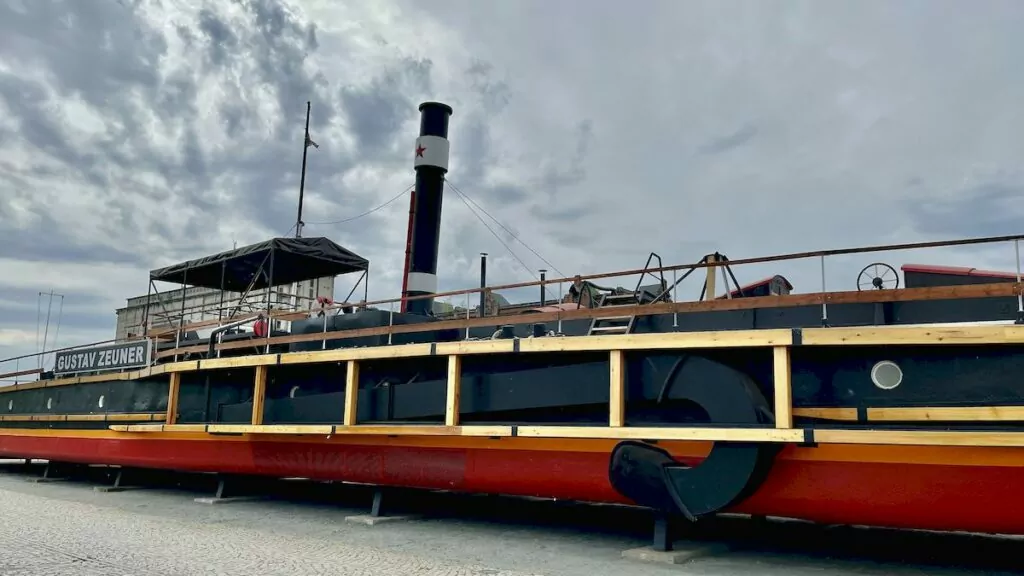
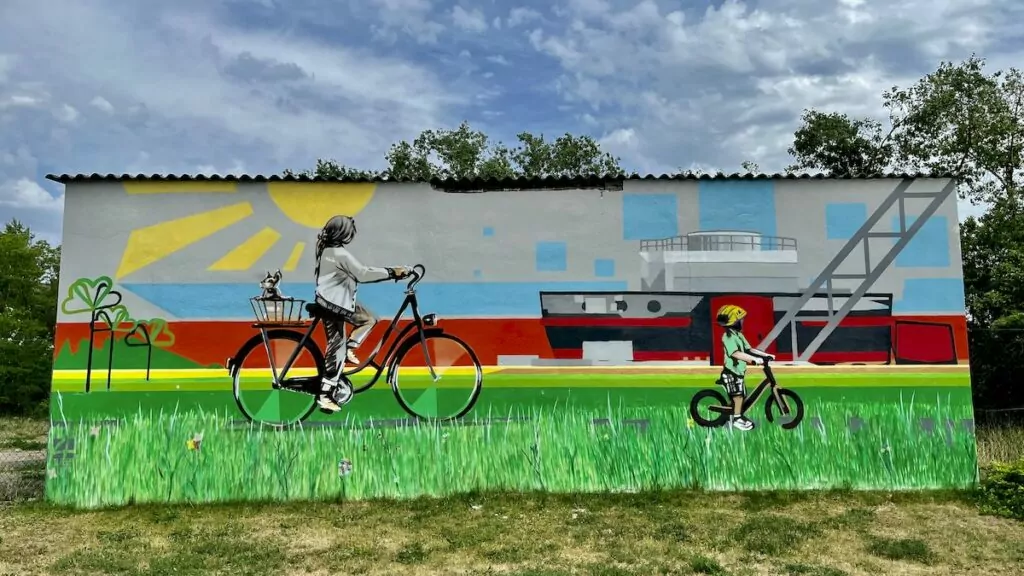
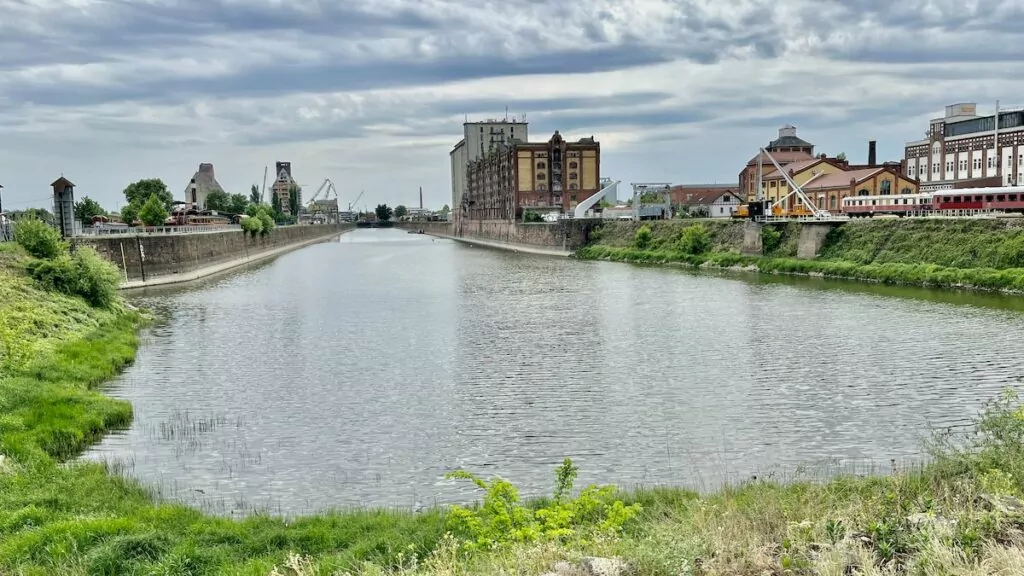
10. Spend a day in the Elbauenpark
Elbauenpark is a vast green park full of activities for the whole family. Here you can visit the "Jahrtausendturm" tower as well as countless themed gardens, sculptures, playgrounds, sports areas and cafés. For example, there is a summer toboggan run, a popular climbing wall and a labyrinth.
There is also a large stage for performances and events. Walking around the large area takes time, and if you can you can take a ride on the small train "Elbauenexpress".
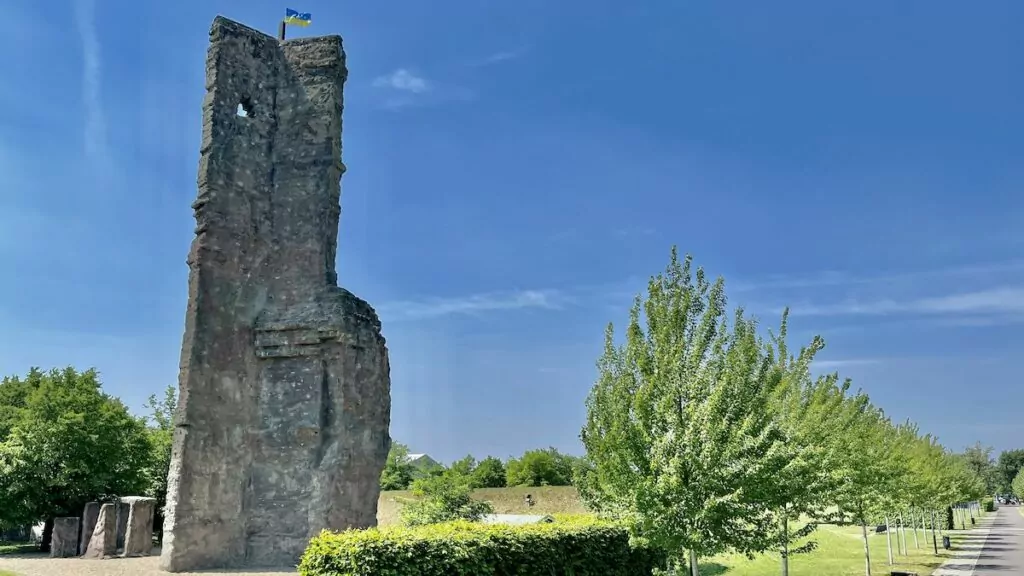
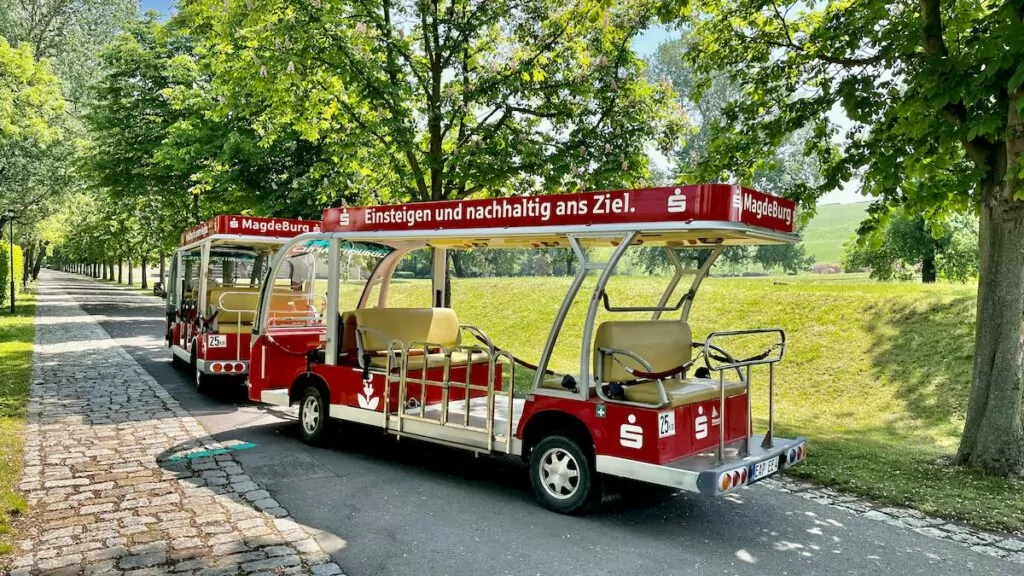
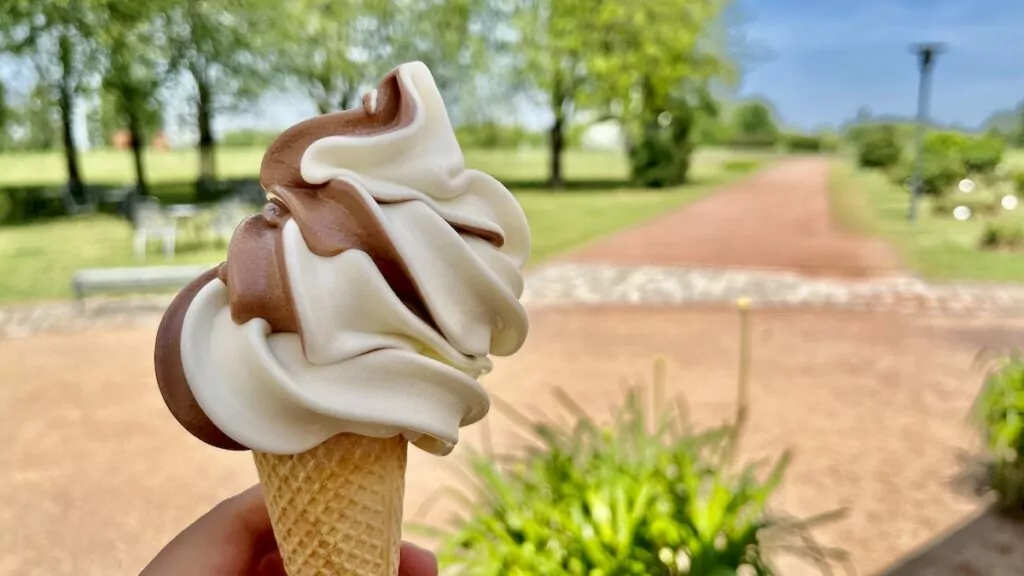
The park also has a small butterfly house. Even though it's not very big, it's really nice, and at the same time offers a lovely tropical warmth.
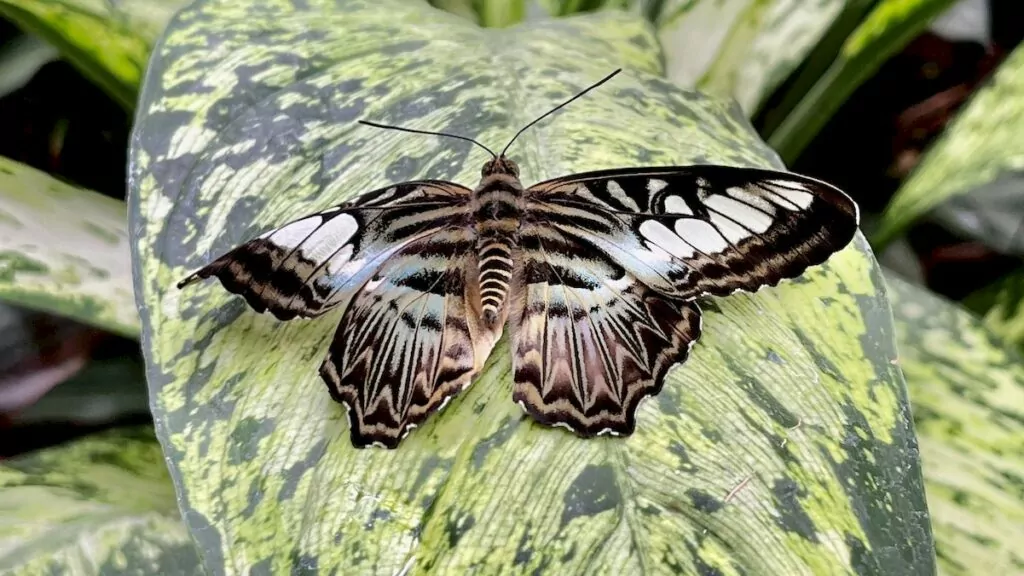
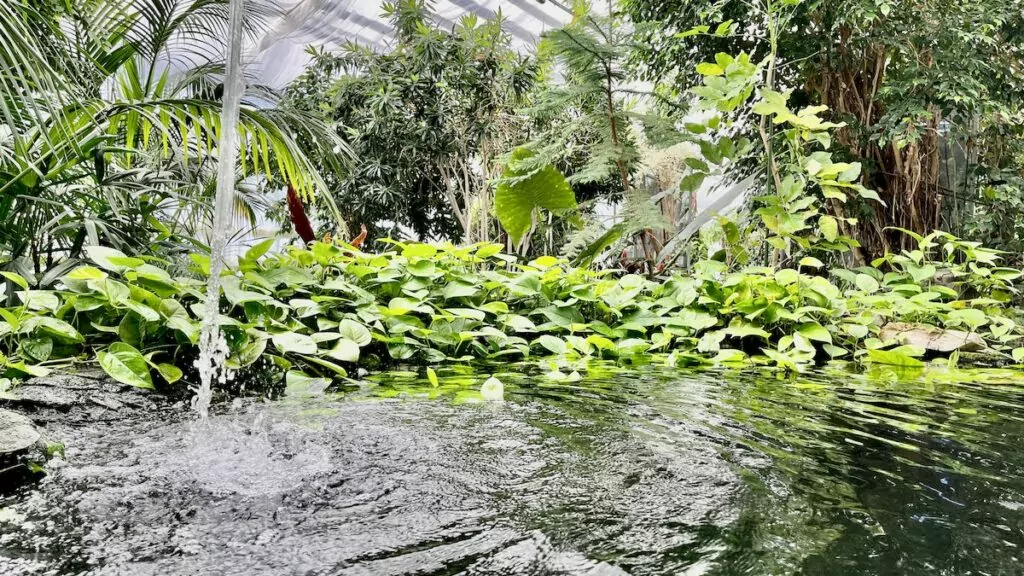
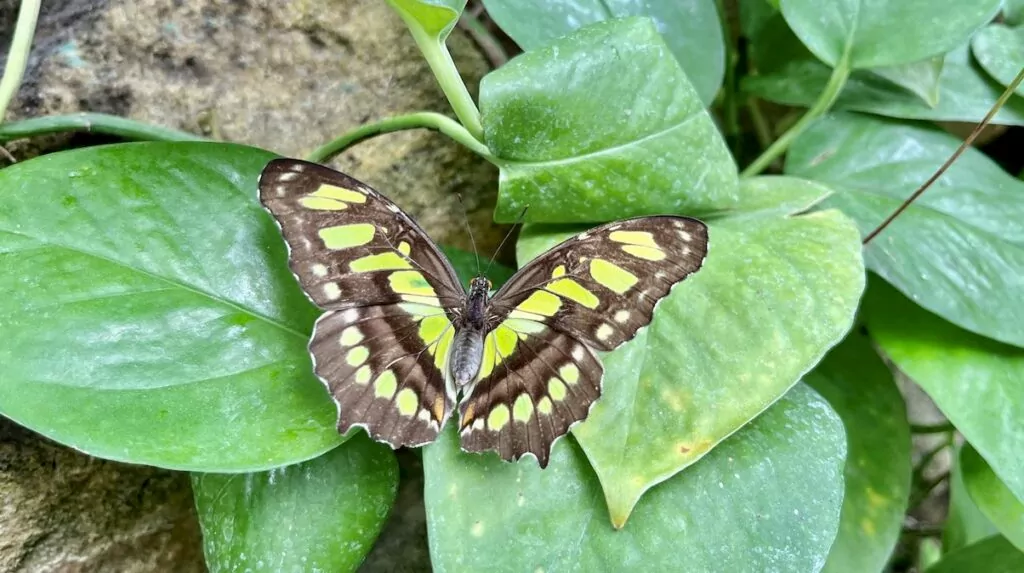
11. Discover the Jahrtausendturm tower
One of the things you won't want to miss in Elbauenpark is the "Jahrtausendturm" (Millennium Tower). Created for a German gardening fair in 1999, the tower stands out both in terms of architecture and content.
For example, the 60 metre high tower boasts the highest wooden structure of its kind in the world. The ramp and viewing platforms on the outside also offer a delightful panoramic view of the surroundings.
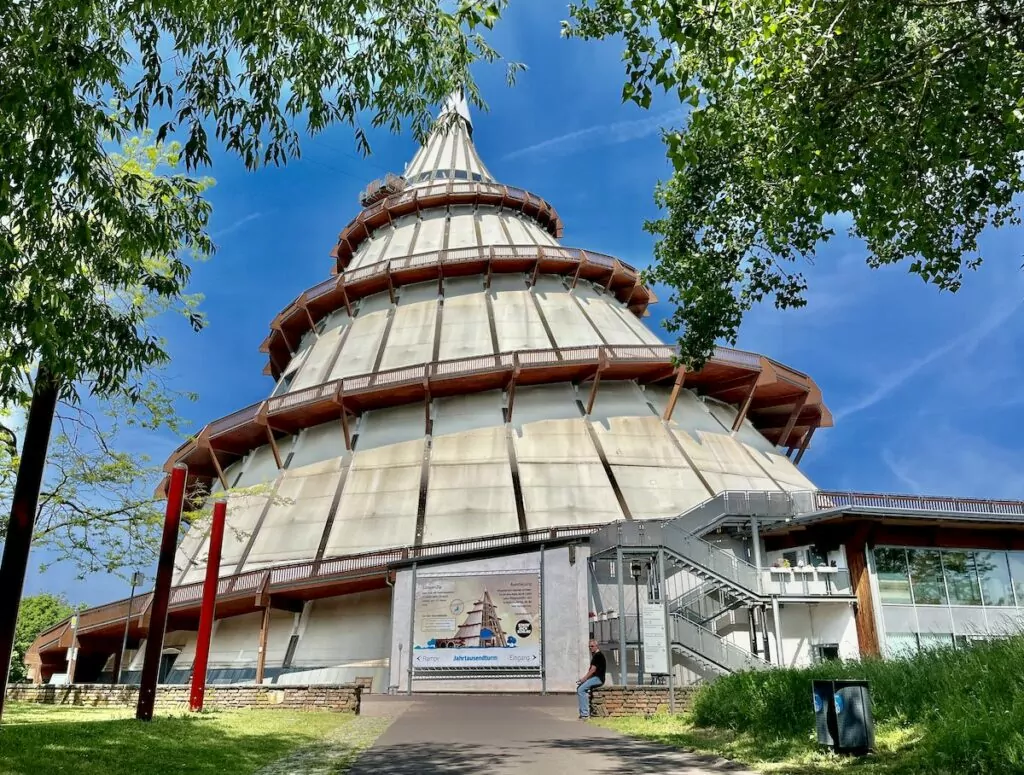
Inside the tower there are exhibitions on science such as history, maths, chemistry and physics. Some of the exhibits are interactive and there are hosts on site who can demonstrate various experiments. For those who are not satisfied with the architecture, views and scientific exhibits, there is also the "Elbauenzip" - a zipline that starts 43 metres up in the Millennium Tower.
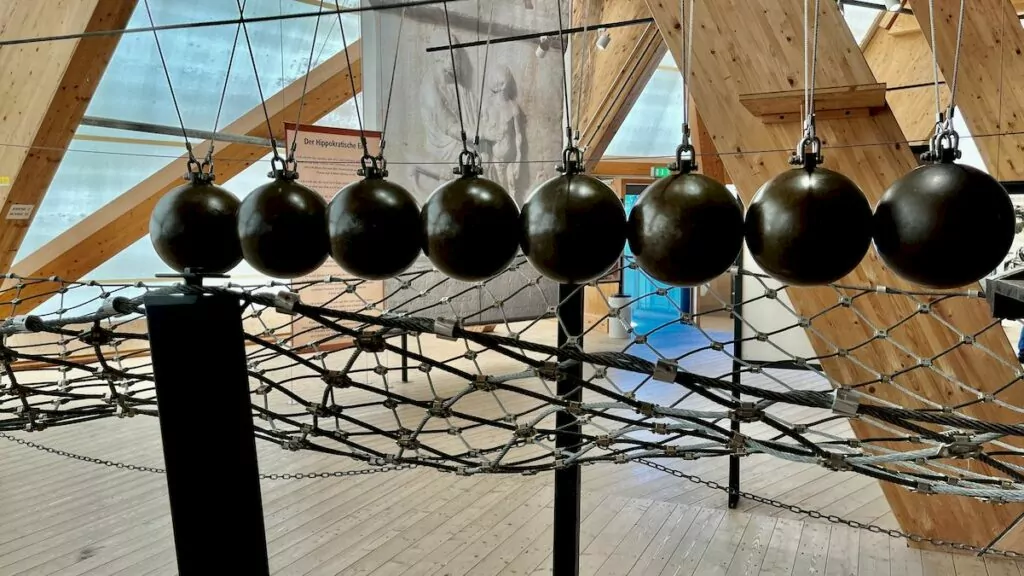
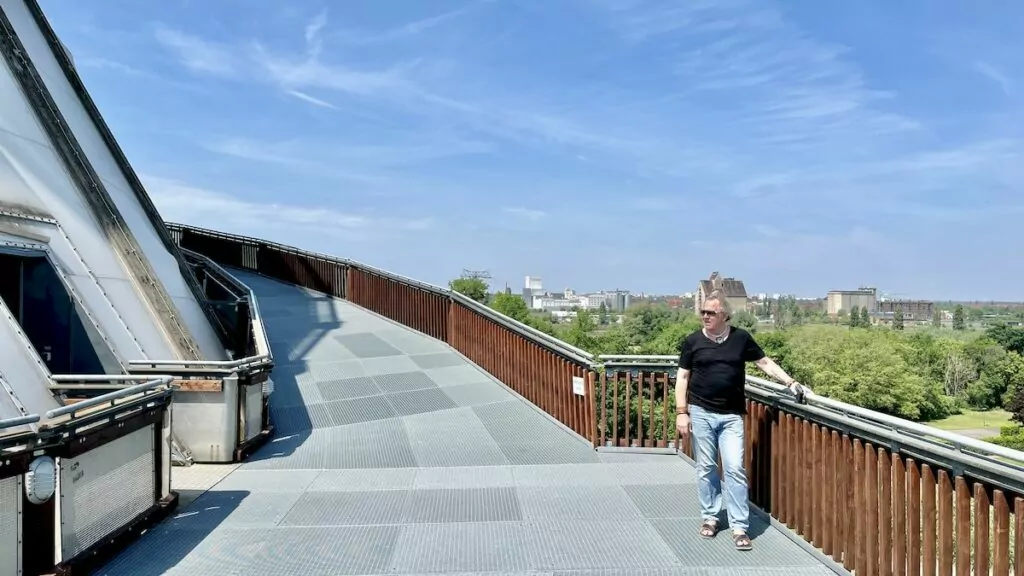
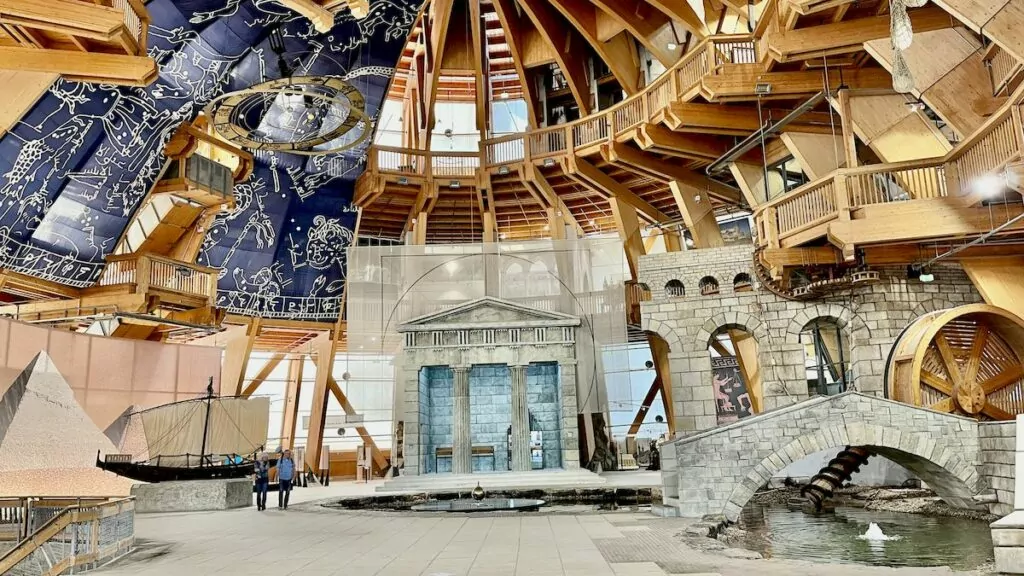
12. Impressed by Magdeburg's canal bridge
The Magdeburg canal bridge (Wasserstrassenkreuz Magdeburg) is the longest navigable aqueduct in the world. Opened in October 2003, the aqueduct connects the Elbe-Havel Canal with the Mittelland Canal, crossing the River Elbe. The aqueduct is really impressive to see and can be visited by bike or car, which can be parked right next to it. Here are some interesting bridge facts:
- Length: 918 metres
- Width: 34 metres
- Water depth: 4.25 metres
- Height range: 106 metres
- Clearance under the bridge: 90 metres
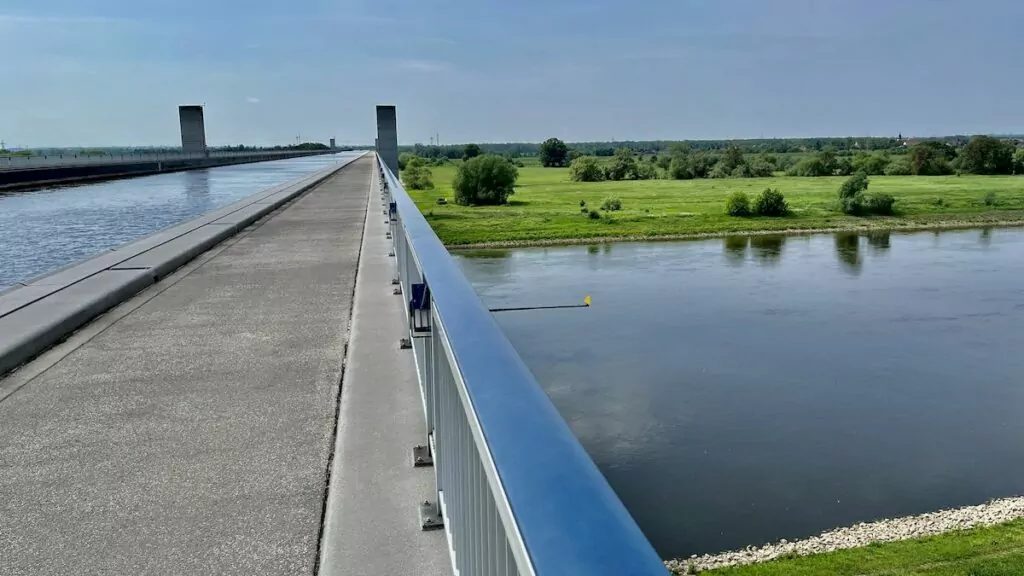
More things to do in Magdeburg for culture and history lovers?
Want to experience even more in this lovely city? Here you will find more suggestions for things to do in Magdeburg and the surrounding area for those interested in culture and history.
- Cathedral Museum Ottonianum Magdeburg talks about the history of the city. (Domplatz 15)
- Faunal wells is a nice fountain in the city centre (Leiterstrasse 9).
- Cultural History Museum Magdeburg talks about history and shows art. (Otto-von-Guericke-Strasse 68-73)
- Otto-von-Guericke Centre is located in the Lukasklause building and tells about Guericke's work (Schleinufer 1).
- Rothensee boat lift is a historic boat lift (Schiffshebewerk)
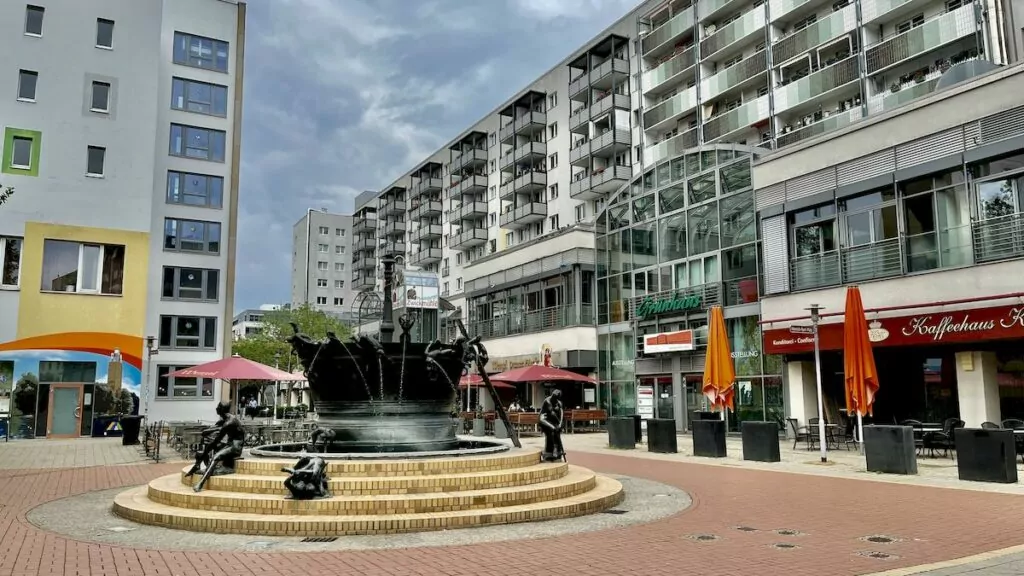

More things to do in Magdeburg for nature lovers
Here are also some more suggestions for things to do in Magdeburg for nature lovers.
- Gruson gearboxes is a botanical garden located in a greenhouse. (Schönebecker Strasse 129 b)
- Herrenkrug park is a green park next to a hotel. (Herrenkrug 3)
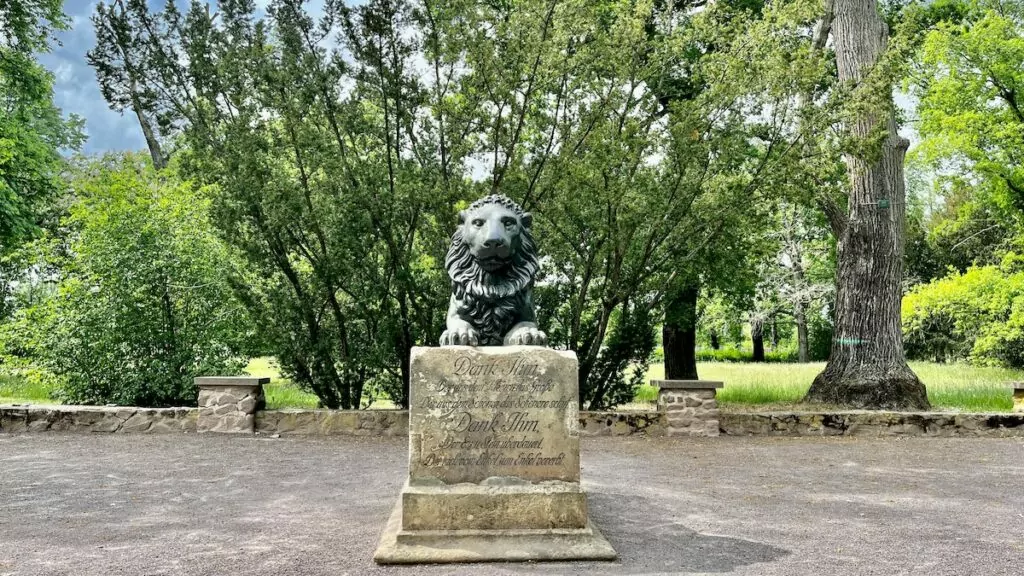
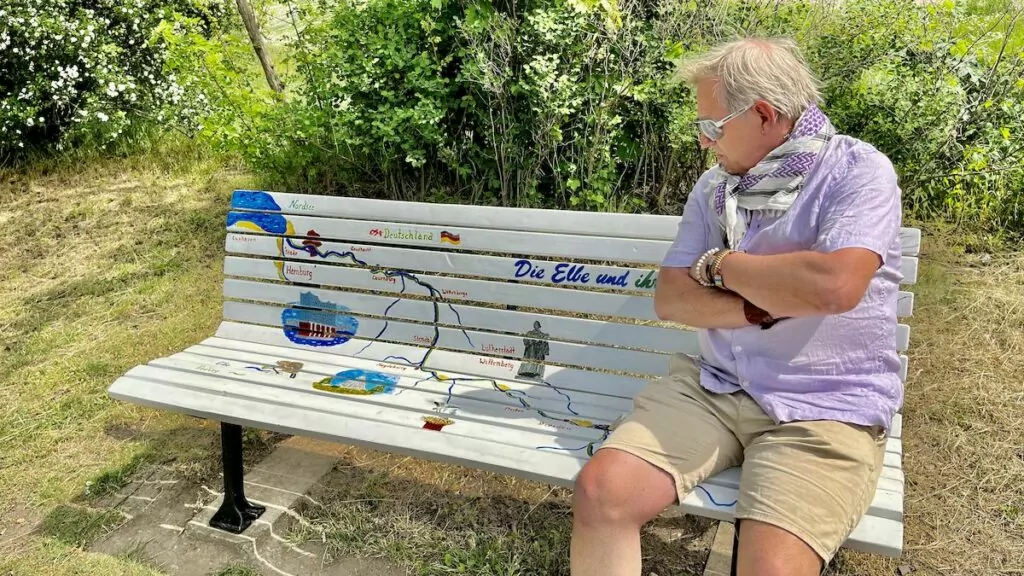
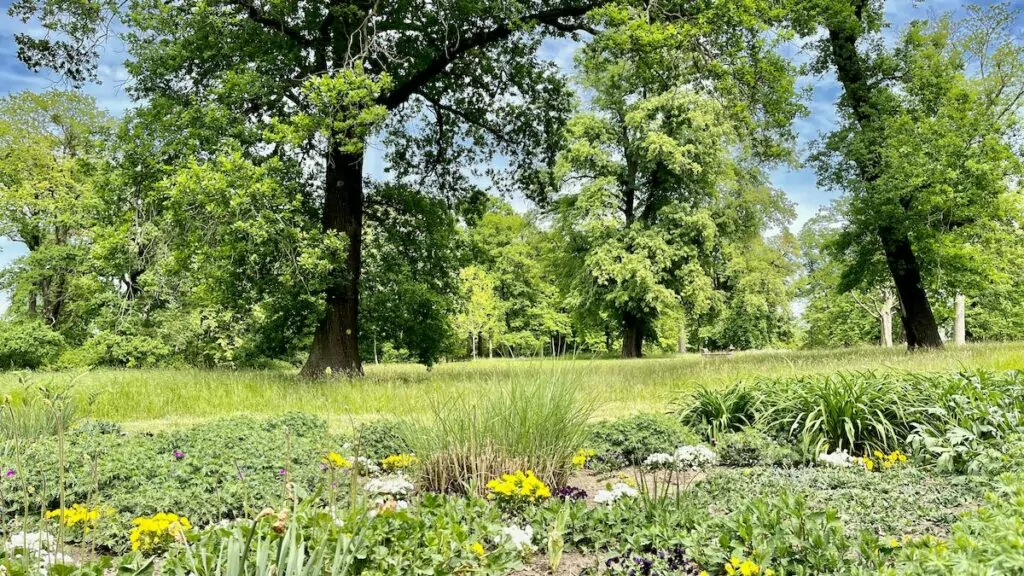
More to do in Magdeburg for those travelling with kids or teens
Travelling with children or teenagers? Then you'll find some more tips for things to do in Magdeburg here.
- Boat trips on the Elbe can be done during the high season.
- Climbing park Magdeburg offers high ropes courses and parkour (Tessenowstrasse 5a).
- The playground in the city park is very nice. (Rotehorn park)
- Magdeburg zoo is a centrally located zoo. (Zooallee 1)
- Villa P is a puppet theatre with a collection of puppets (Porsestrasse).
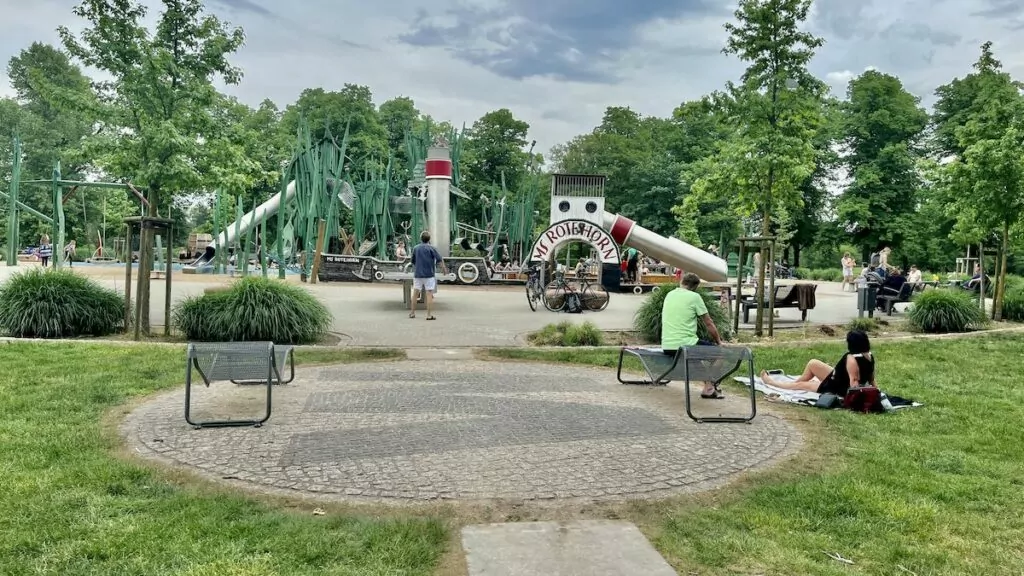
Where can you live or stay with your campervan?
There are of course many different hotels and other accommodation options in Magdeburg to choose from. We visited Magdeburg by motorhome and stayed at the caravan park At the winter harbour, where you stand very well.
Many of the pitches have a private patio and a view of the city. There are most of the services you need, including electricity. Currently, the nearest bridge is being renovated, so you have to drive or cycle a long way to get to the city centre. In the future, the location will be even better.
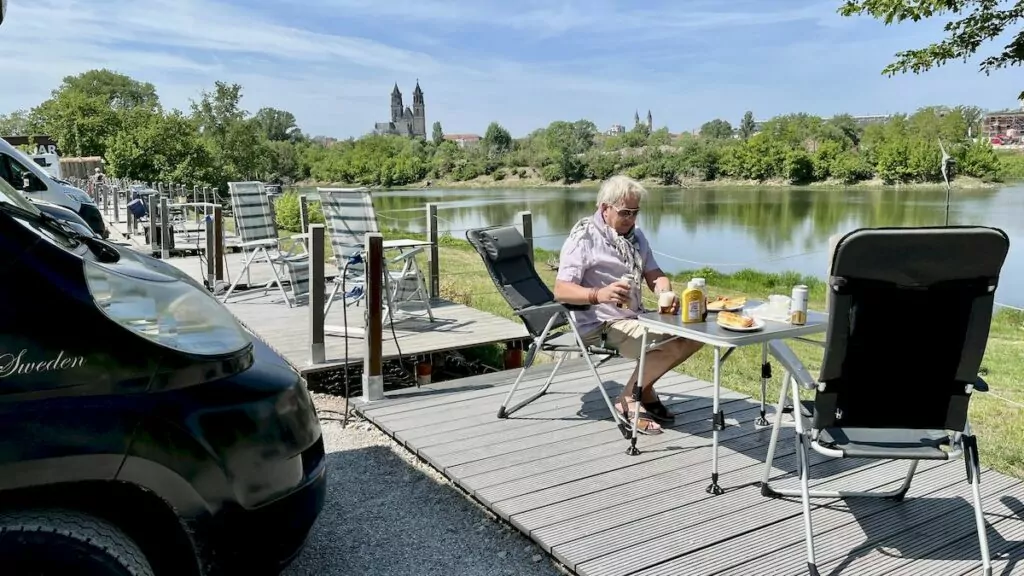
If you want to be cheaper and easier to park without service, and even closer to the city, you can choose the car park instead. Petri dishes, where you stand nicely by the water.
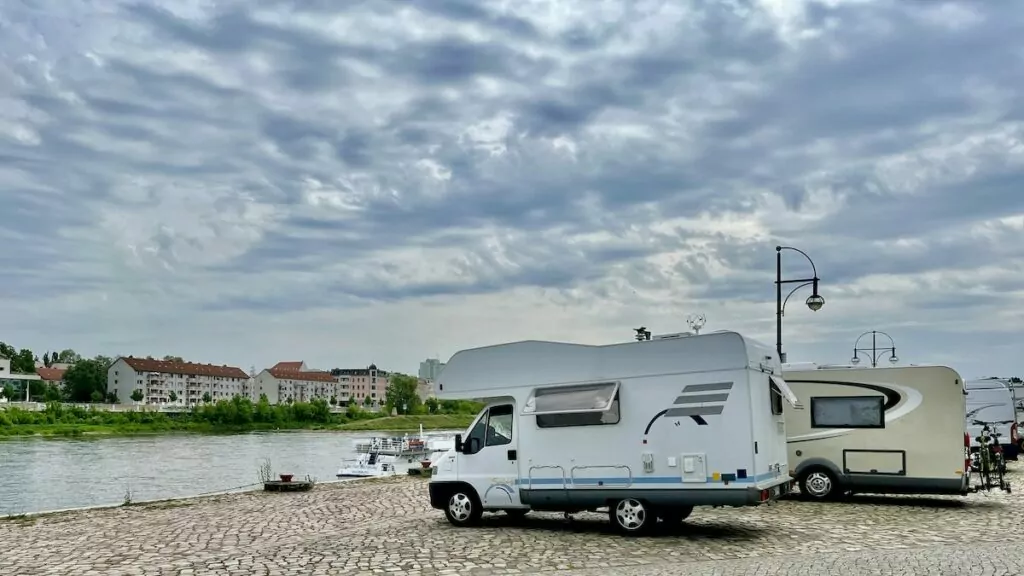
What to see and do in Magdeburg - on film
More things to see and do around Magdeburg
There is of course more to see and do near Magdeburg. For example, you can experience the Harz nature area and visit beautiful places like Thale, Quedlinburg and Wernigerode. You can also go to Hanover and see the beautiful Herrenhausen Gardens.
Bastei in Saxon Switzerland - dramatic nature in Germany
Writer: Helena Bergström Bastei in Saxon Switzerland is a stunning mountainous area in Germany with a beautiful...
Holiday with children or grandchildren in Germany
Thinking about a holiday with your children or grandchildren in Germany? The country offers everything from...
Things to do in Bayreuth, Bavaria - our top 11 tips
What to see and do in Bayreuth, Bavaria? This beautiful and special German city...
Things to do in Goslar - 11 tips for a historic town in Germany
What to do in Goslar? This German town is a charming and historic little gem,...
Autobahn through Germany - and two nights of camping
Now we are in Germany! We haven't written for a few days, because we haven't...
Things to see and do in the Hanseatic City of Wismar
There is much to see and do in the Hanseatic city of Wismar in Germany. We've been here...
What does Germany have to offer?
Last Thursday evening we went to an event at the Haymarket in Stockholm. It was the German tourist office...
Passion play in Oberammergau - tradition from 1633
The Passion Play in Oberammergau, Germany, is a five-hour long and powerful dramatisation of Jesus' suffering,...
The island of Usedom - cycling between Poland and Germany
The island of Usedom is located on the southern coast of the Baltic Sea and is shared by Poland and Germany. We are on a sailing trip...
Visiting Stralsund - a German little gem
Don't miss out on a visit to Stralsund if you're in north-eastern Germany. This pretty little...
Fairytale castle in Germany - Neuschwanstein in Bavaria
Fairytale castle in Germany - Neuschwanstein in Germany is located in south-west Bavaria on the border with Austria. Disney designed...
Saxon Switzerland - day trip from the Czech Republic to Germany
Saxon Switzerland is a mountainous area and national park in Germany with stunning and dramatic scenery. The natural area...
Krummin guest harbour - and bike ride to Freest and Wolgast
Krummin guest harbour is a nice guest harbour on the island of Usedom in Germany. We sailed here, with South...
Trier in the Moselle Valley - Germany's oldest city
Trier is Germany's oldest city, located in the Moselle Valley (Rhineland-Palatinate), near the border with Luxembourg. This...
Bad Segeberg - Karl May Spiele and bat cave
Bad Segeberg inland, where we travelled to visit the "Karl May Spiele" ...
Moritzburg Castle near Dresden - a fairytale hunting lodge
Moritzburg Castle near Dresden is a beautiful and fabulous hunting and baroque castle, well worth a visit....
Burg Hohenzollern in Germany - on top of a mountain
Hohenzollern Castle in Germany is located high up on a mountain, and you have to go through...
What to do in Hannover - 15 sights and experiences
What to do in Hannover? We visited the capital city of the German state of Lower Saxony because we...
From camping Güster to Ostsee camping, northern Germany
The "Beach Basket Challenge" motorhome trip in Germany continues and we have now made it from camping Güster at Am...
Restaurants in Hamburg - our top 7 tips
Restaurants in Hamburg we can tell you about today! During our visit to Hamburg we had time to eat ...
Medieval and Christmas spirit in Nuremberg
We've been treated to both medieval and Christmas spirit in Nuremberg, this German city has...
Rammelsberg Mine - a Unesco World Heritage Site in Goslar
The Rammelsberg mine is a Unesco World Heritage Site in the German town of Goslar, located in the mountainous area of...
Elbphilharmonie in Hamburg - concert hall and landmark building
The Elbphilharmonie in Hamburg is a concert hall, but also a landmark. This year, the concert hall is 5 years old,...
Holiday routes in northern Germany - 6 great themed roads
There are plenty of holiday routes in northern Germany. When the borders reopen, it might be easiest to...
Festivals in Germany - now the festival season begins
Curious about festivals in Germany? Germany is the land of festivals, and at this time of year,...
Pierdrei hotels in Hamburg - stay in a room or caravan
The Pierdrei hotel in Hamburg is a sleek and modern hotel that is perfectly located when...
Nude baths in Germany - Friedrichsbad in Baden Baden
Nude swimming in Germany? Yes, why not? Friedrichsbad in Baden-Baden is a traditional bath with a long history of...
Oktoberfest in Germany - and other German folk festivals
Who doesn't want to experience Oktoberfest in Germany? We've gathered everything you need to know to...
Rastatt Castle in Germany - 18th century baroque castle
Rastatt Castle is a mighty German baroque castle from the early 18th century. Once upon a time it was built...
10 magical castles in Germany you won't want to miss
Today we're sharing 10 magical castles and palaces in Germany that feel like they are...
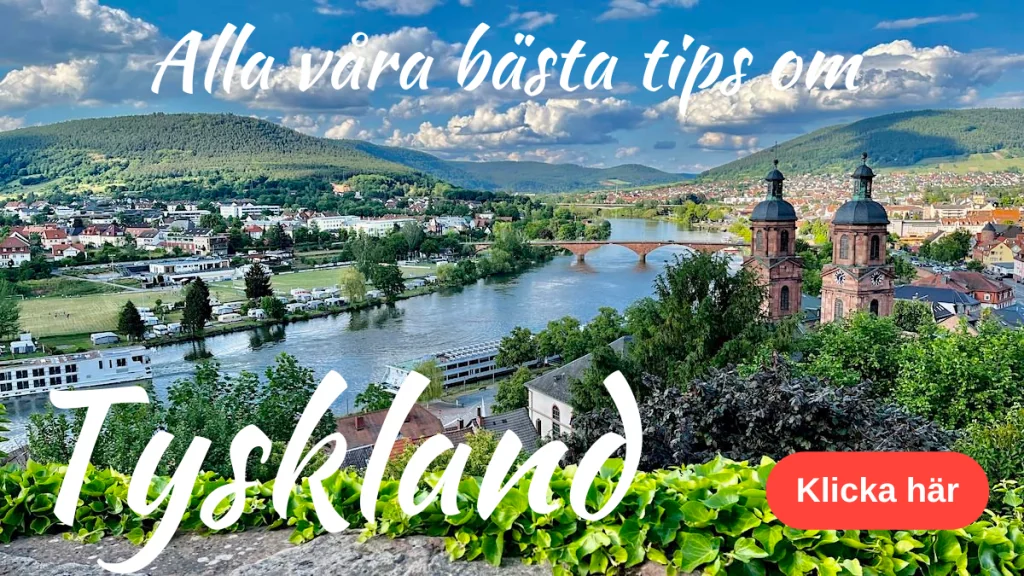
More tips for things to do in Magdeburg?
Have you been to Magdeburg? Tell us about your experience and your relationship with the city! Do you have any other tips for things to see and do in Magdeburg?
Facts about Magdeburg
- Country: Germany
- Federal Republic of Germany: Saxony-Anhalt
- Residents: More than 238 000 (2019)
- Read more: You can find more information at the city's website.
Travelling to Magdeburg
- Flight: To get to Magdeburg, you can fly to Berlin or Hannover, for example, and then continue by train or car hire.
- Car: You can take the Öresund Bridge and drive to Madeburg (just over 7 hours from Malmö). Other options are to take a ferry, such as Finnlines Malmö-Travemünde, Nynäshamn-Rostock, Göteborg-Kiel or Rödby-Puttgarden.


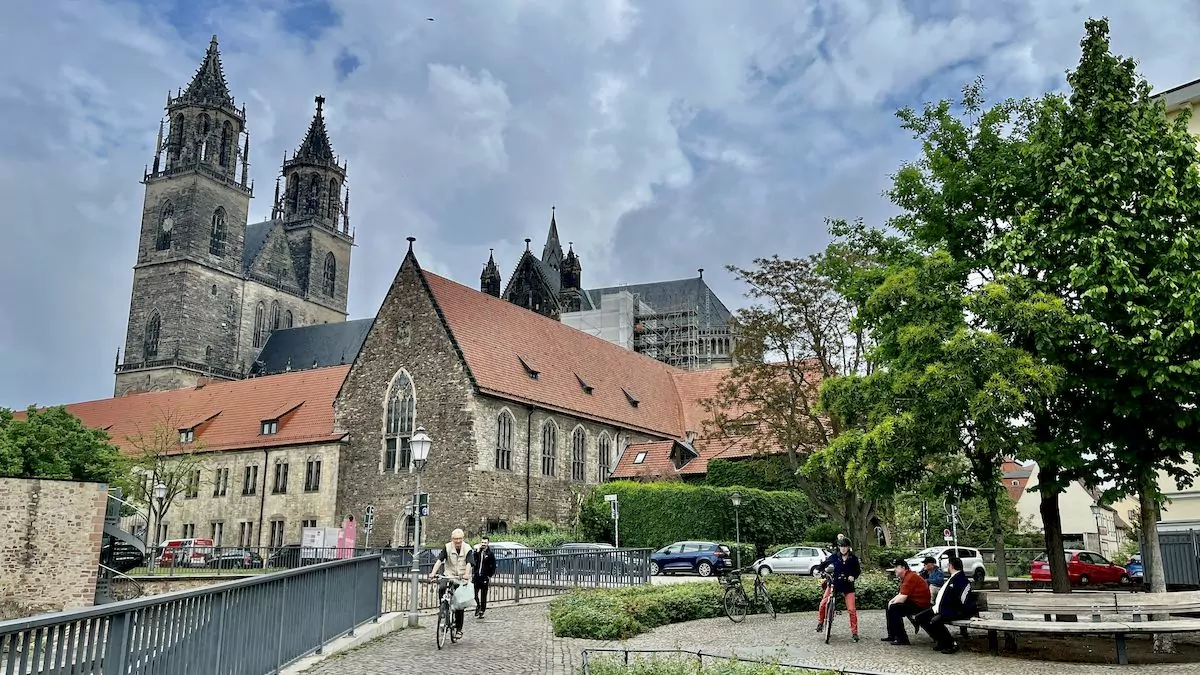







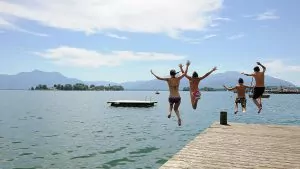
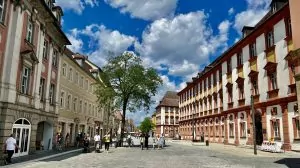
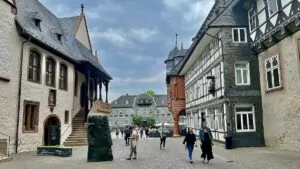
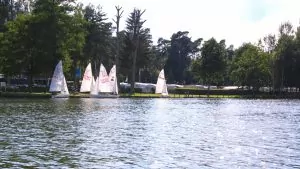
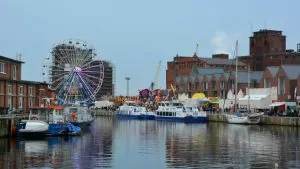
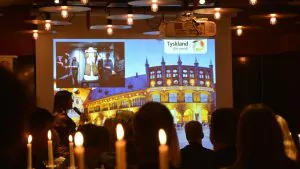
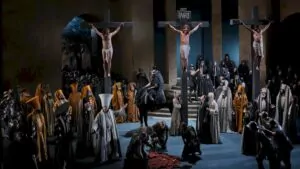
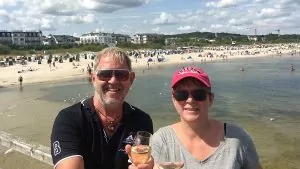
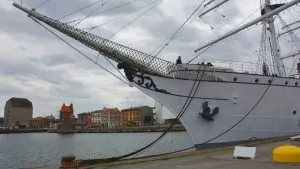
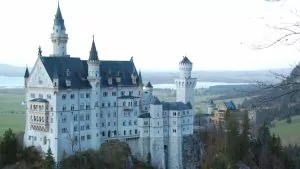
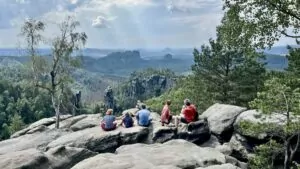
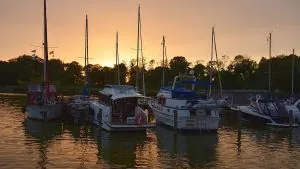
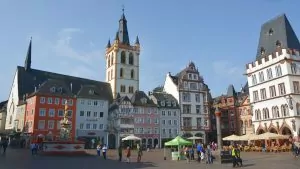
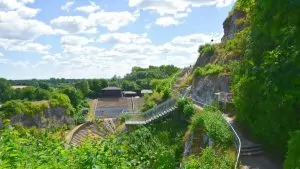
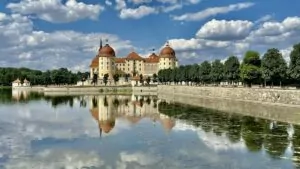
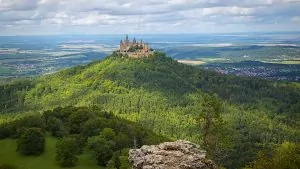
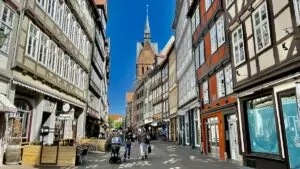
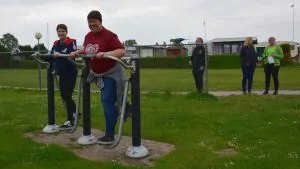
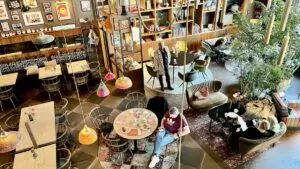
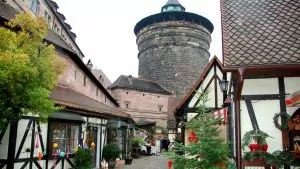
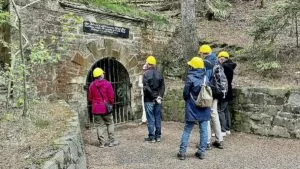
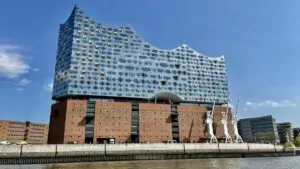
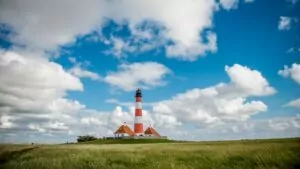
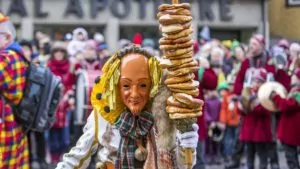
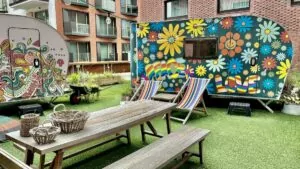
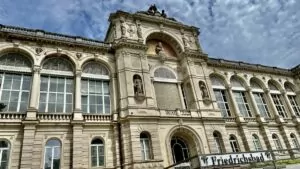
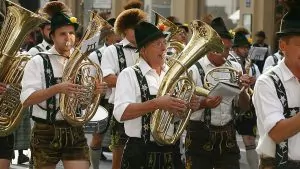
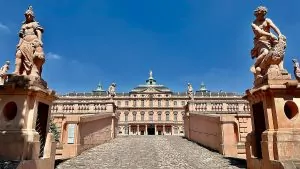
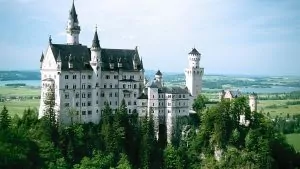
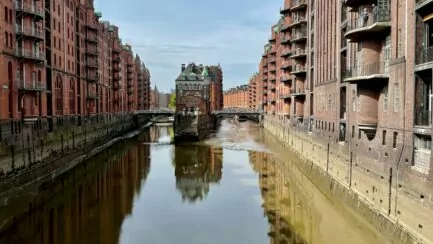
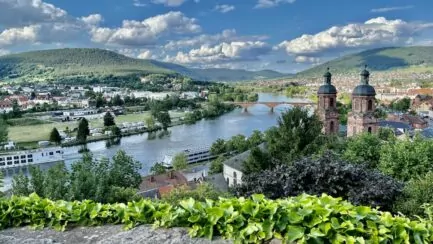
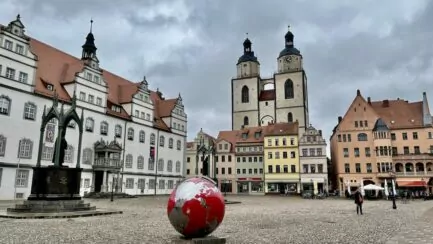
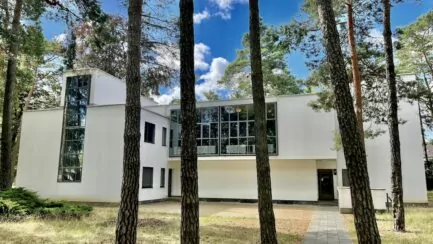
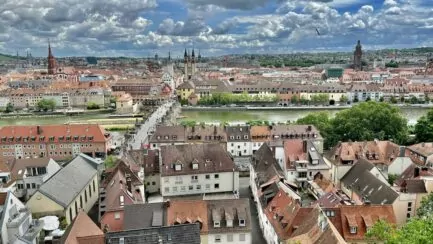
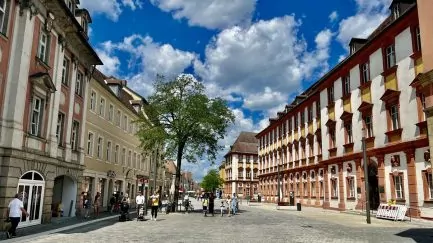



Solan says:
The canal bridge and the pink house are tempting. We had a look at Hundertwasser's house in Vienna and it gave us a taste for it.
😉 We're scrappy tourists, we like to wander around aimlessly and get lost. So sights in all honour, but a few are enough for us slackers.
Yes, towers and curtain walls are welcome...
Speaking of bikes, why don't you ask Mr Peter to arrange a parking space on the tricycle?
That's the picture I'm waiting for.
Have a good time in the future and thanks for the location tips too. 😊👍
22 May 2022 - 8:15
Helena says:
The green citadel is really cool! And the aqueduct is also delicious! Sights can be taken in the dose you want and based on what you are interested in 🙂 And yes, there may be a picture of me on the tricycle eventually ... 😉 😉
22 May 2022 - 16:38
BP says:
I take the green citadel which is actually pink. I also take the tower which is really cool and different. Okay, the pizza also looked good;-)
22 May 2022 - 20:40